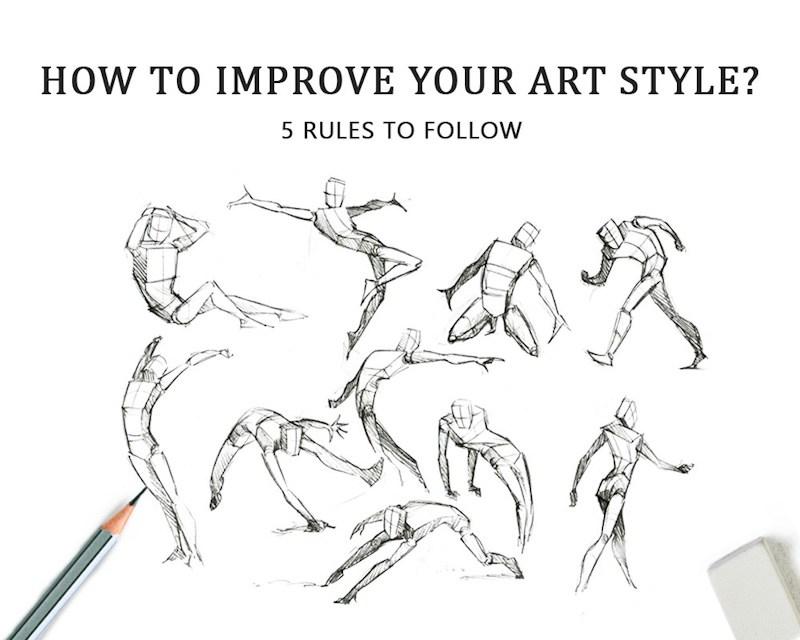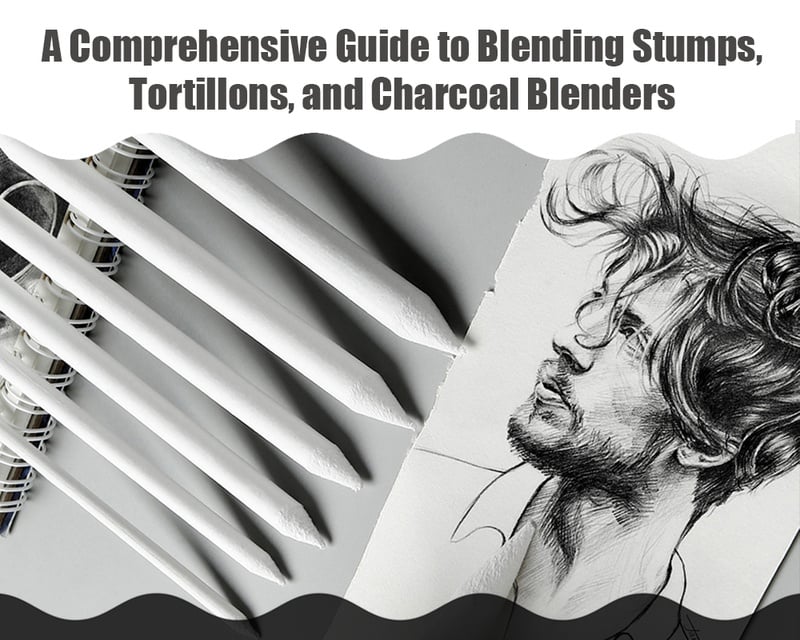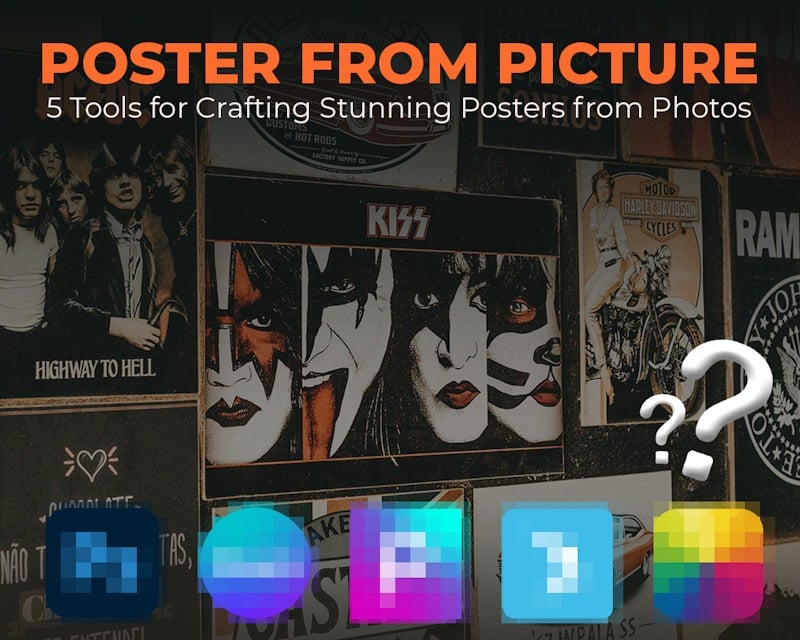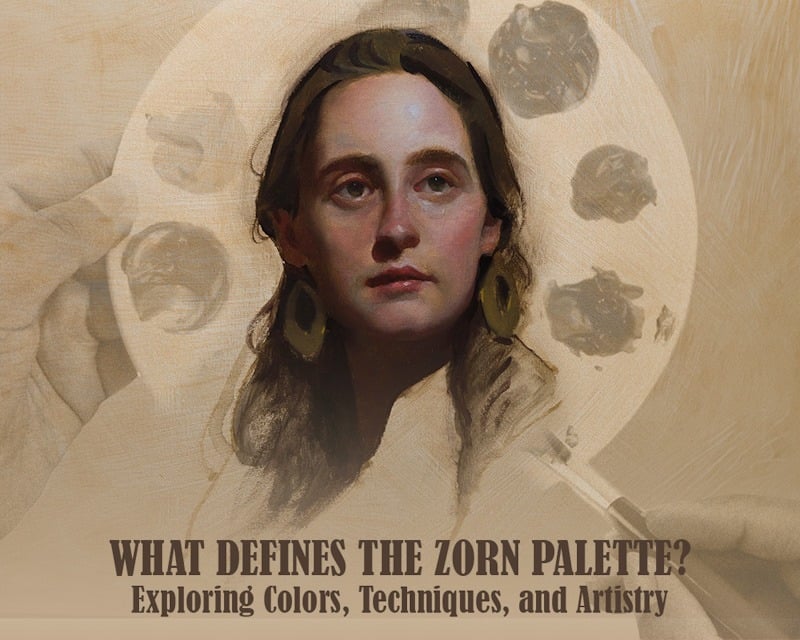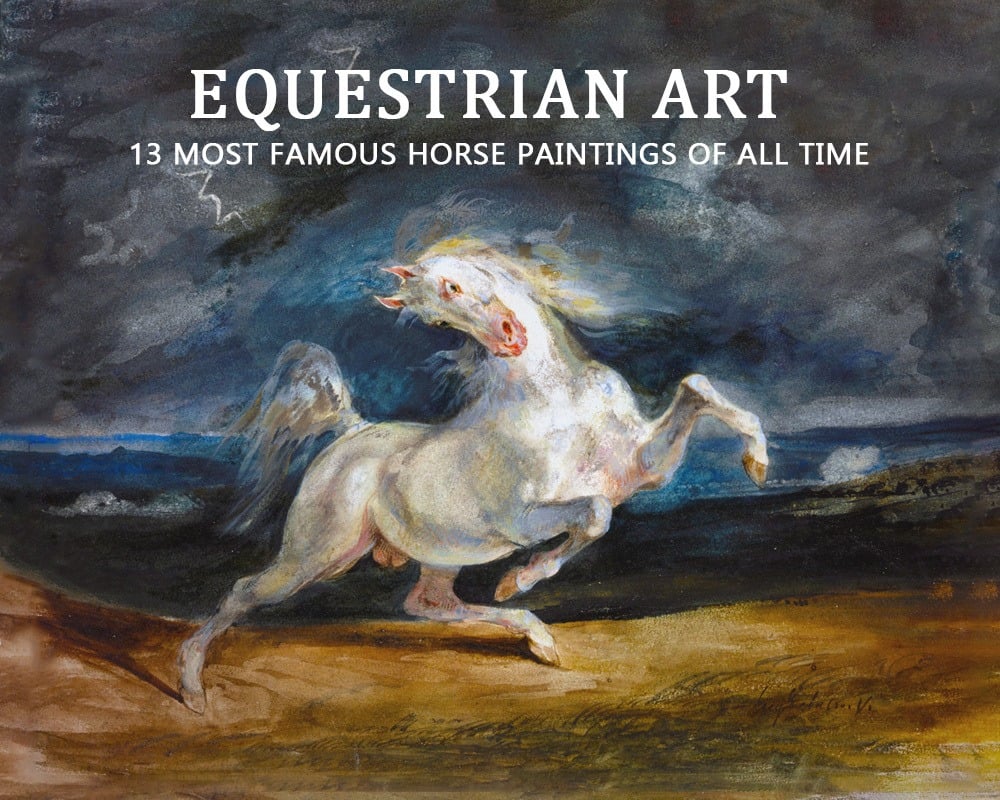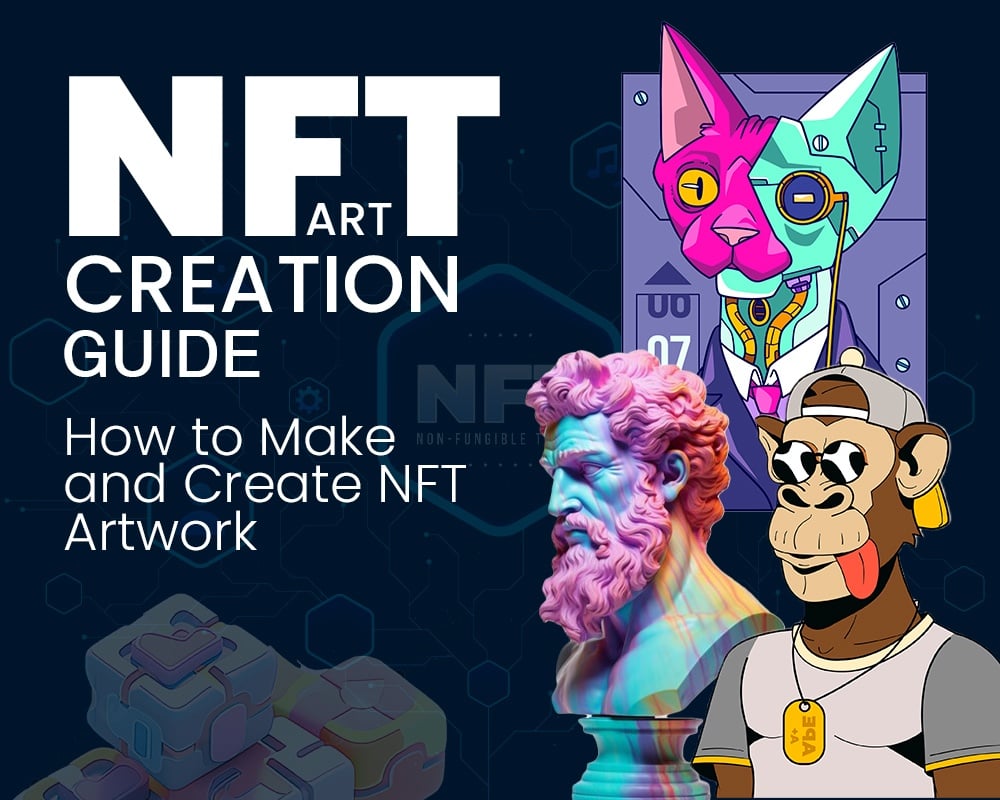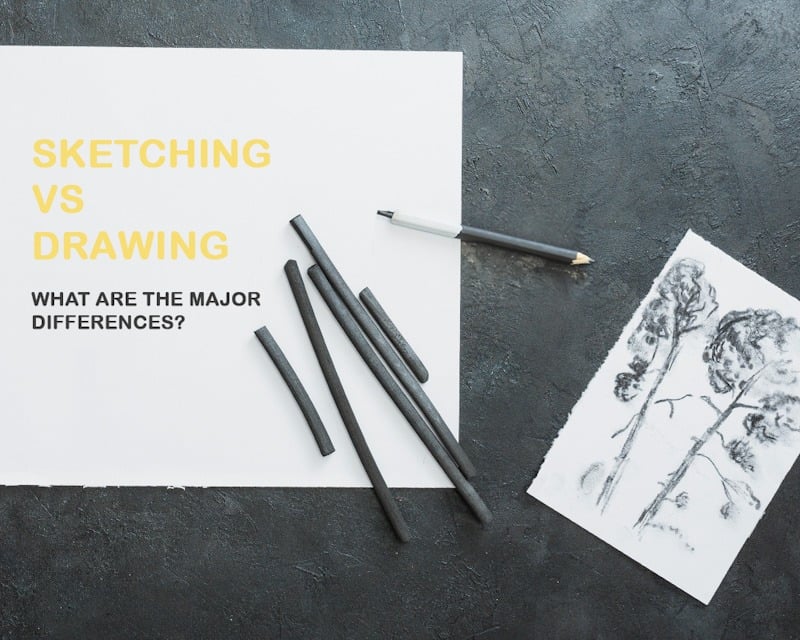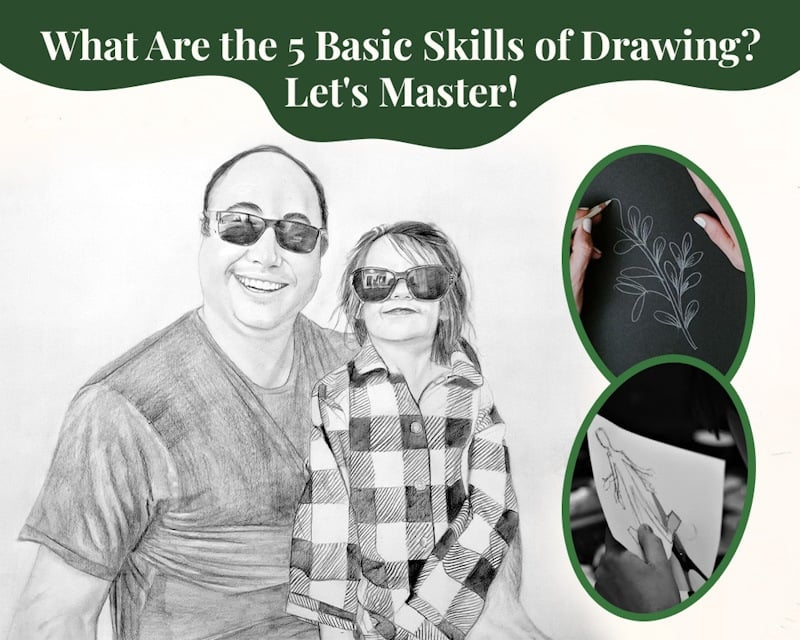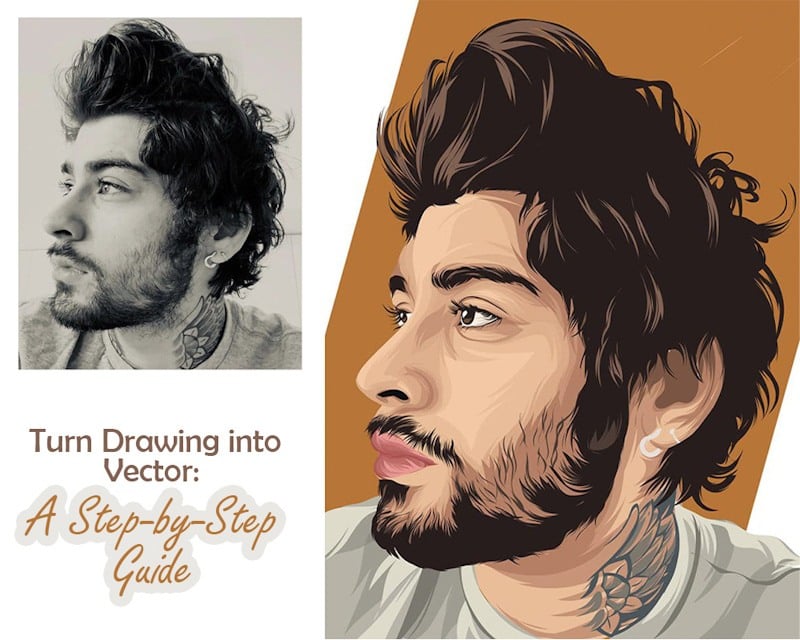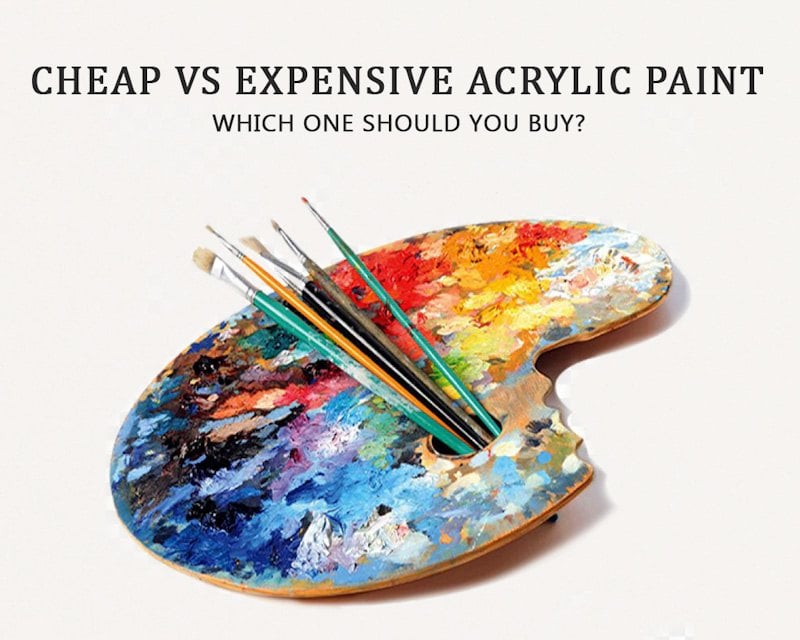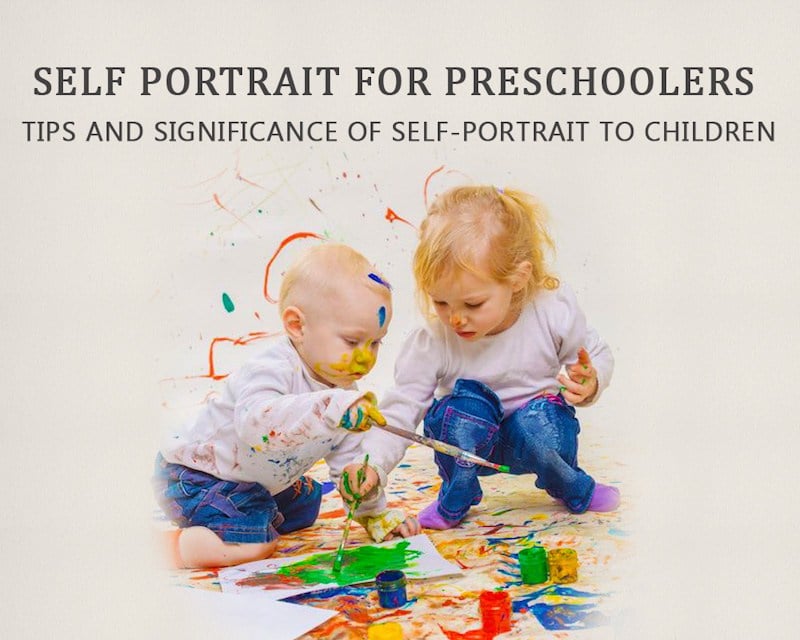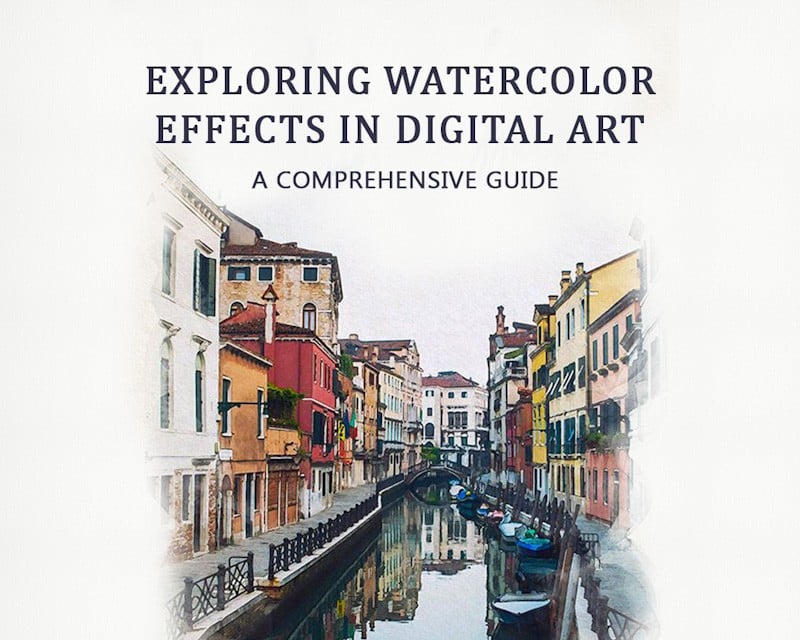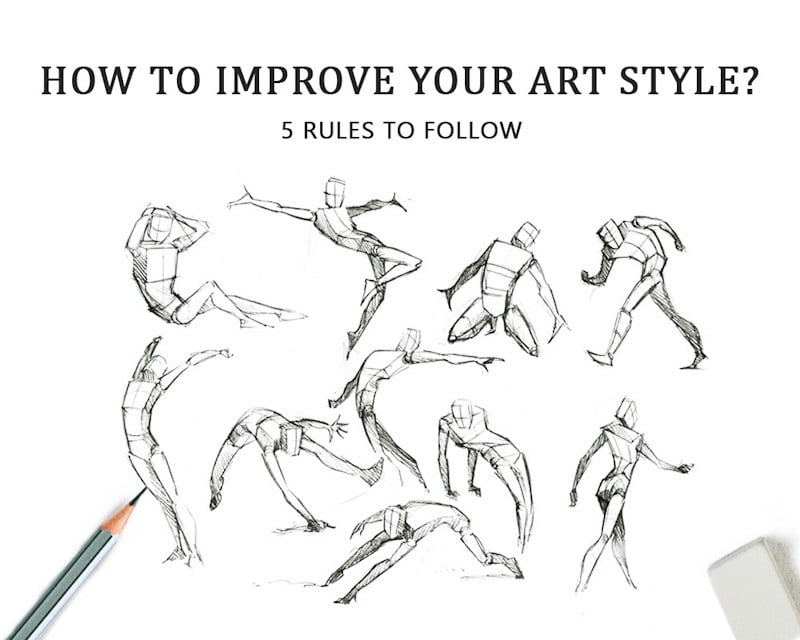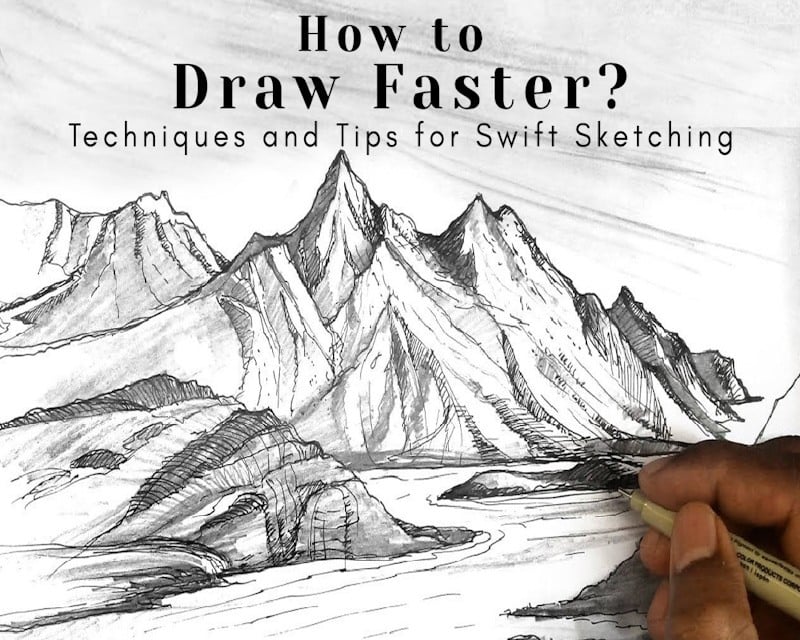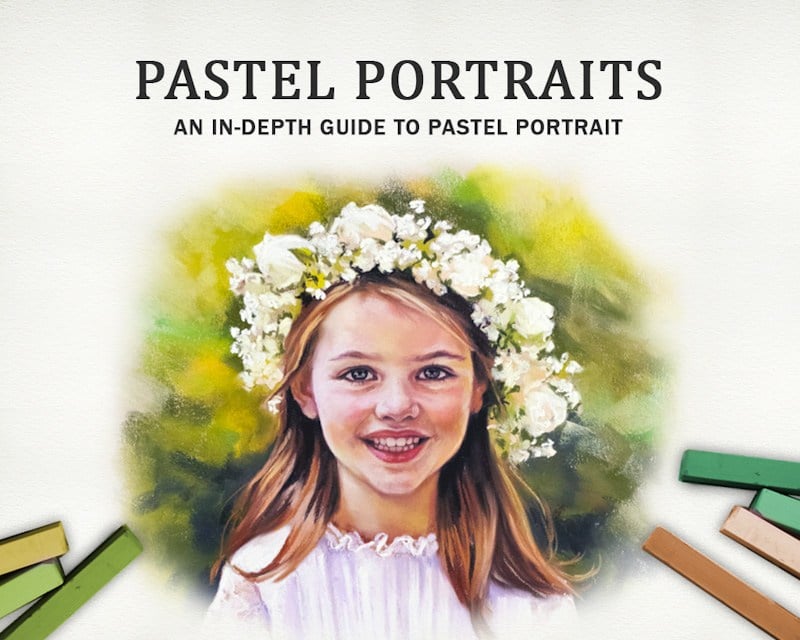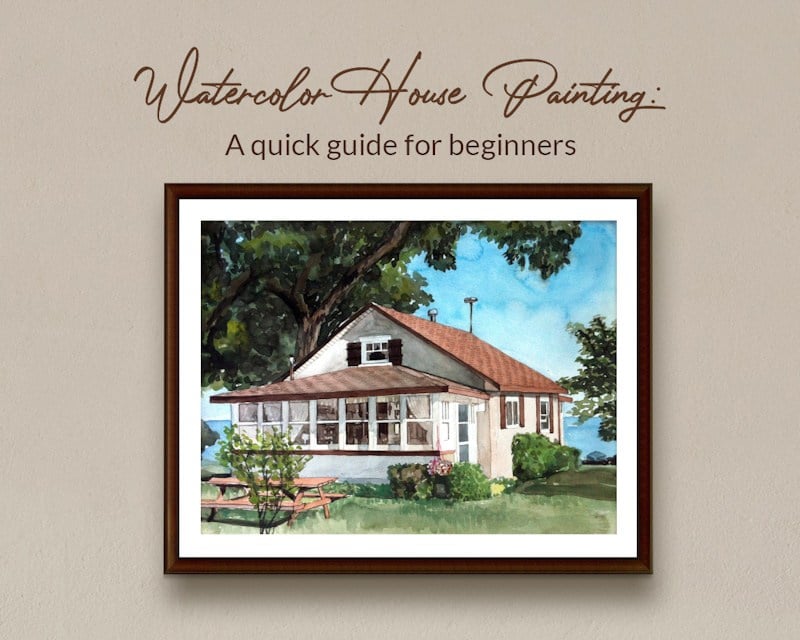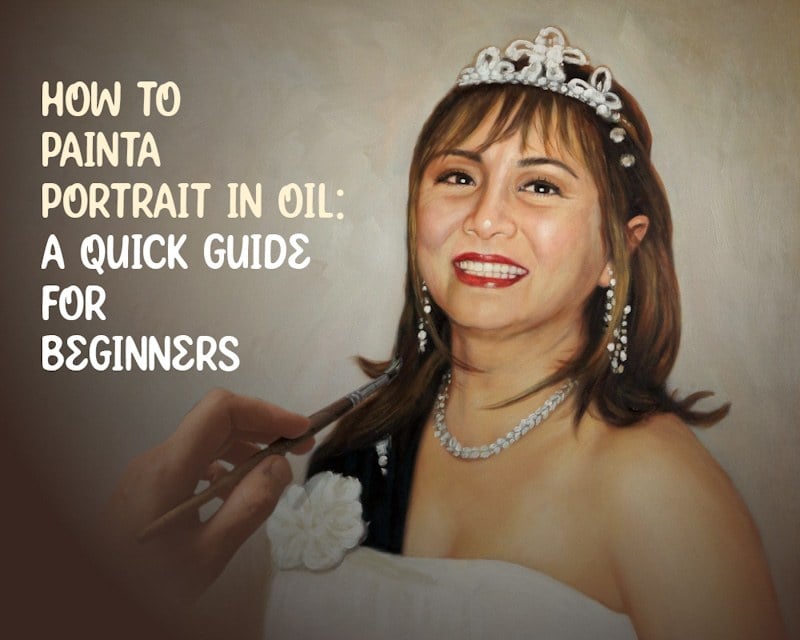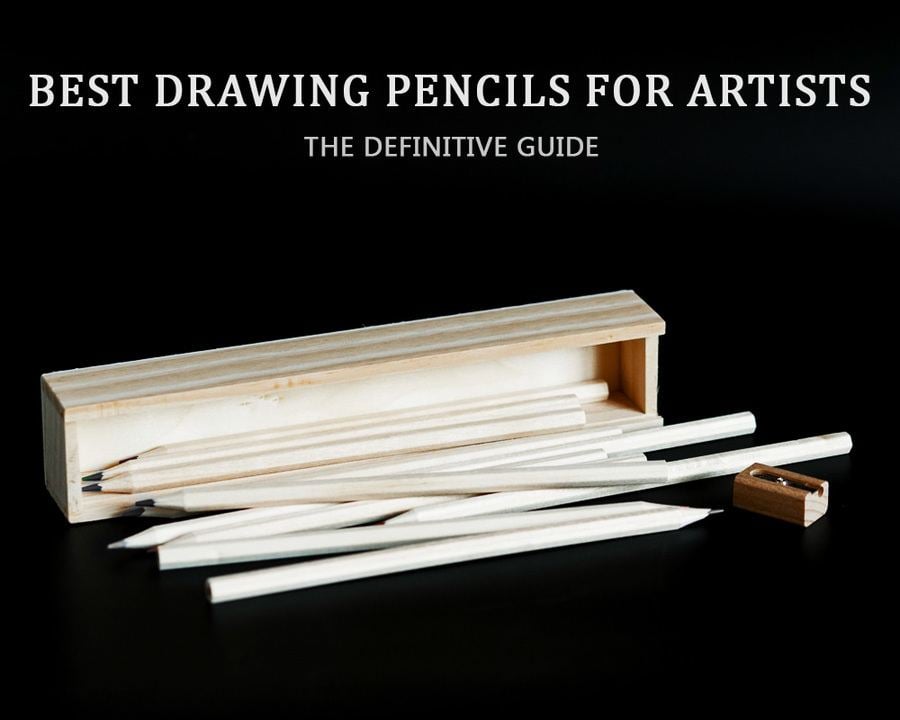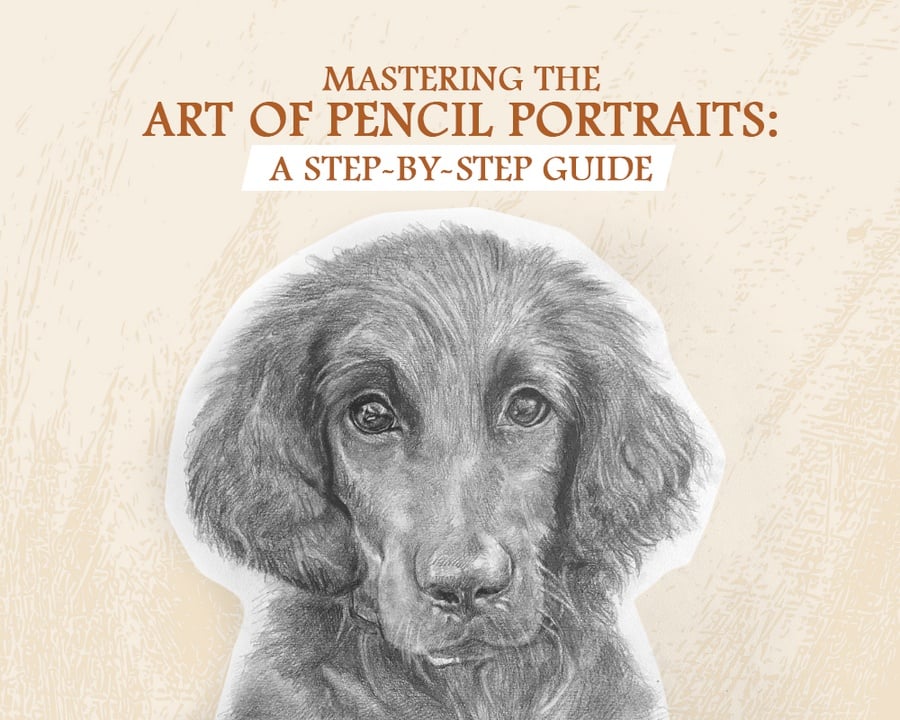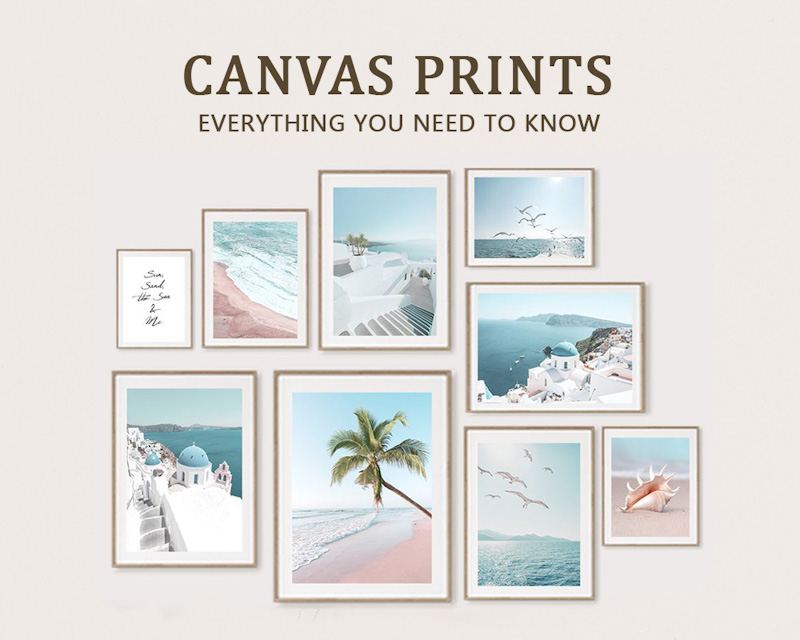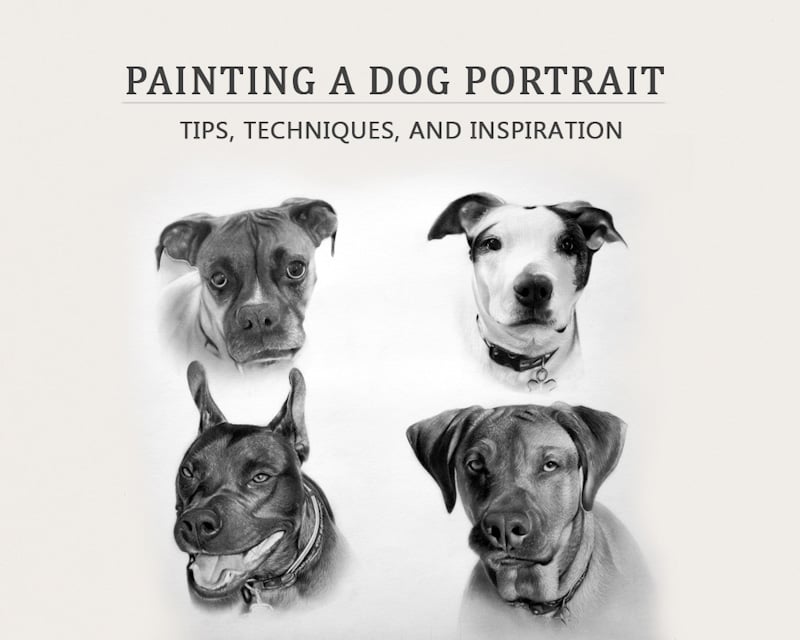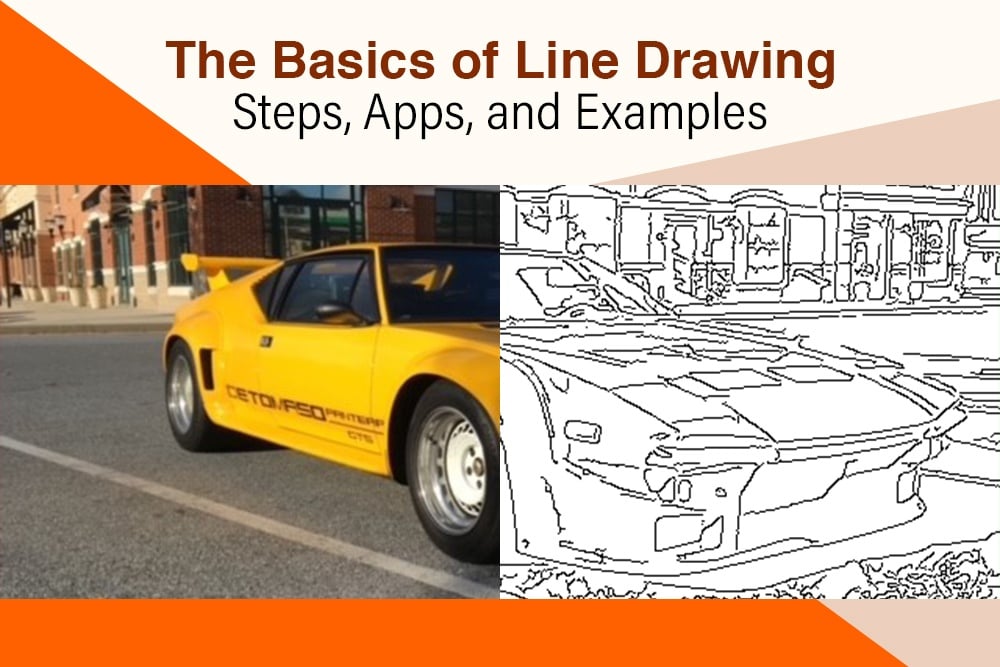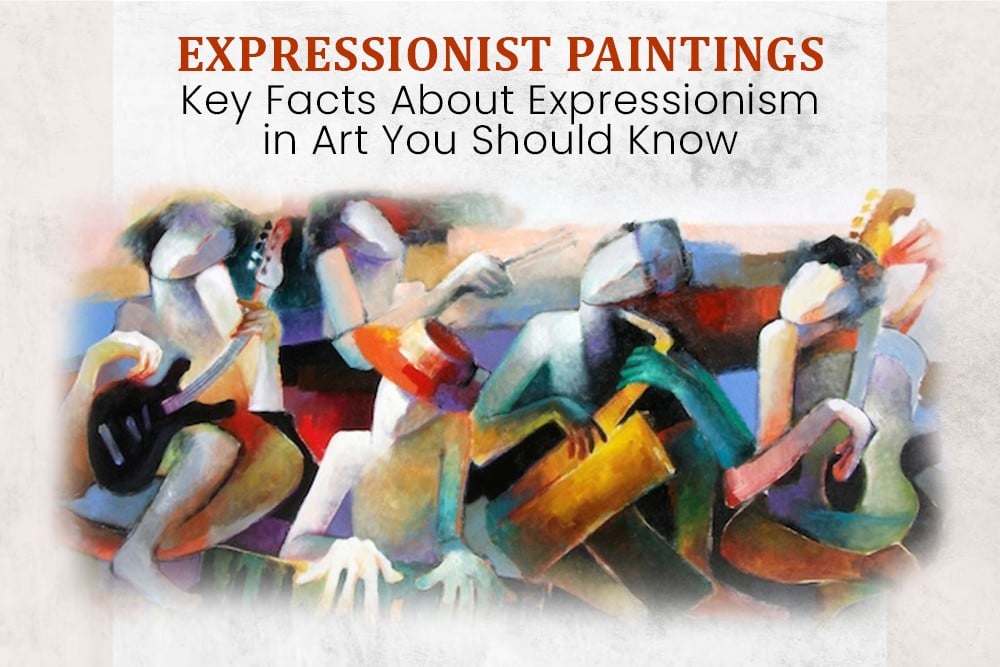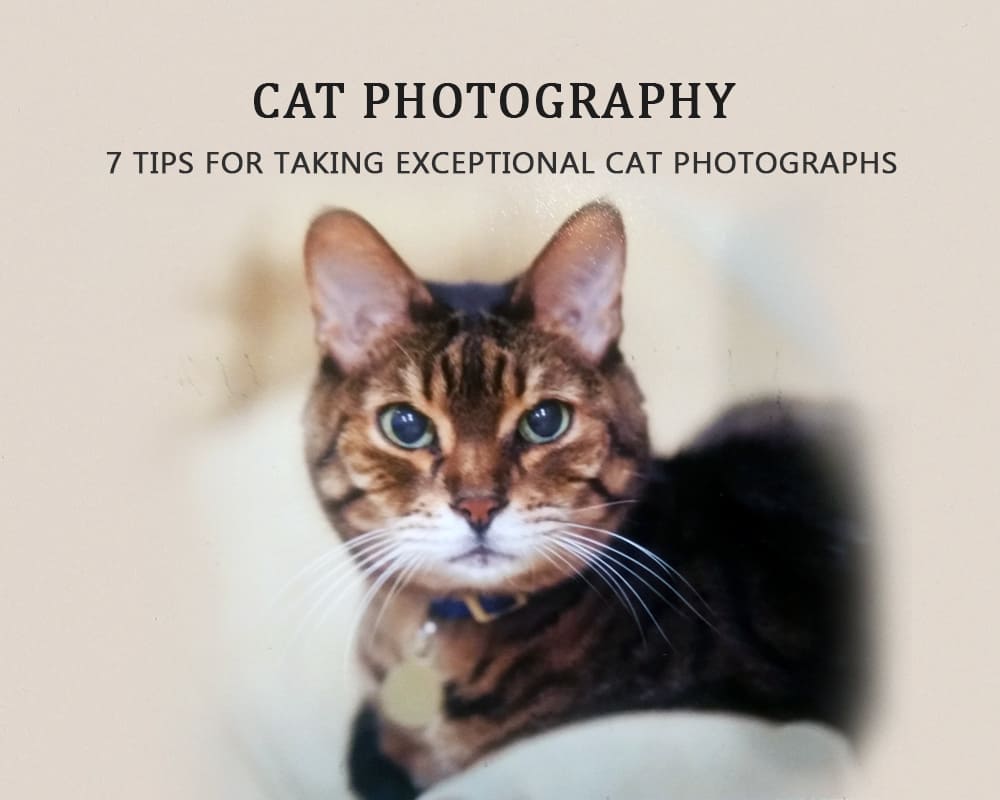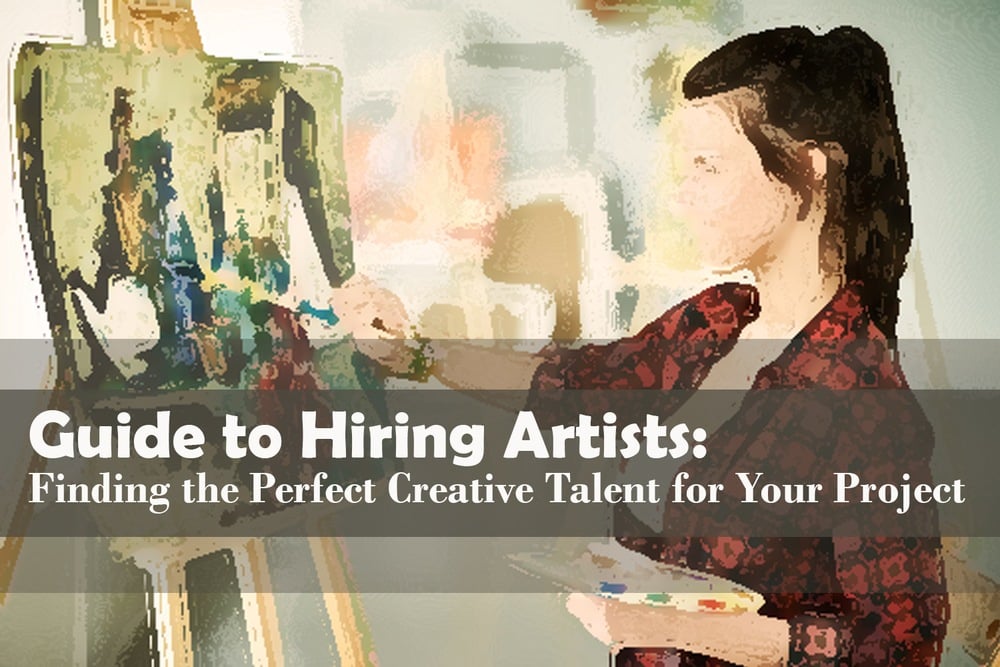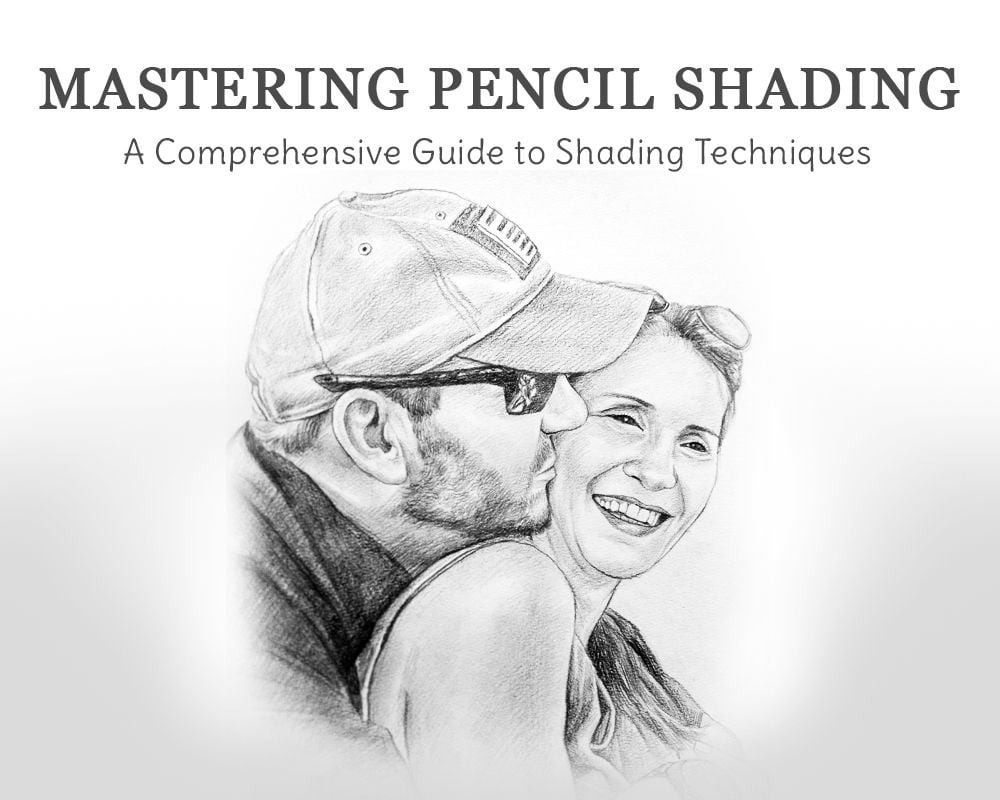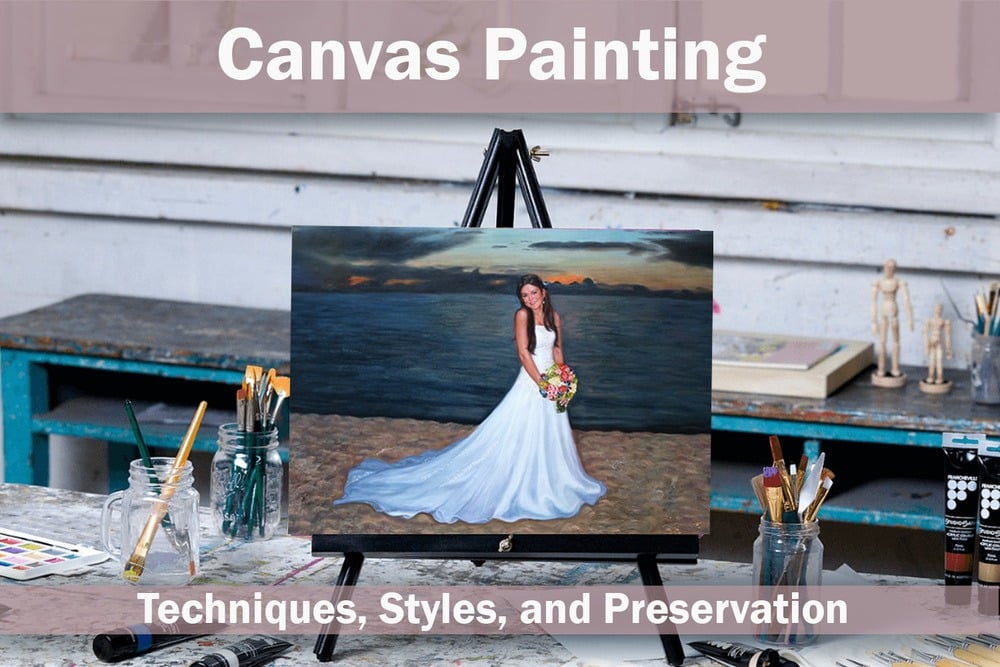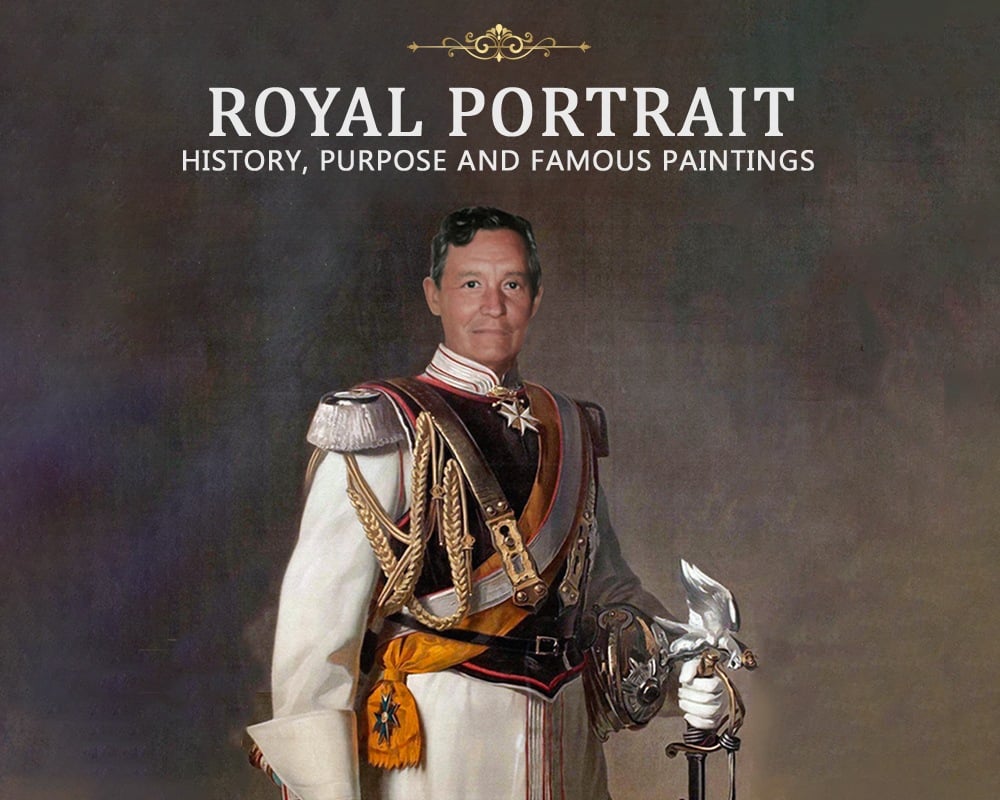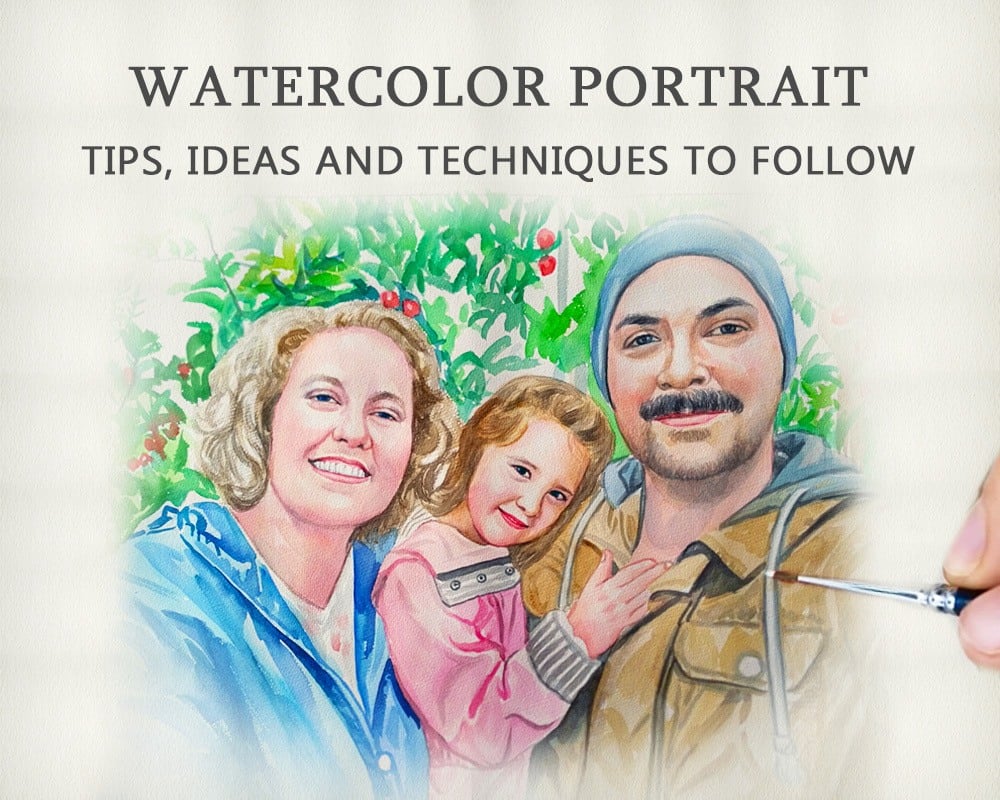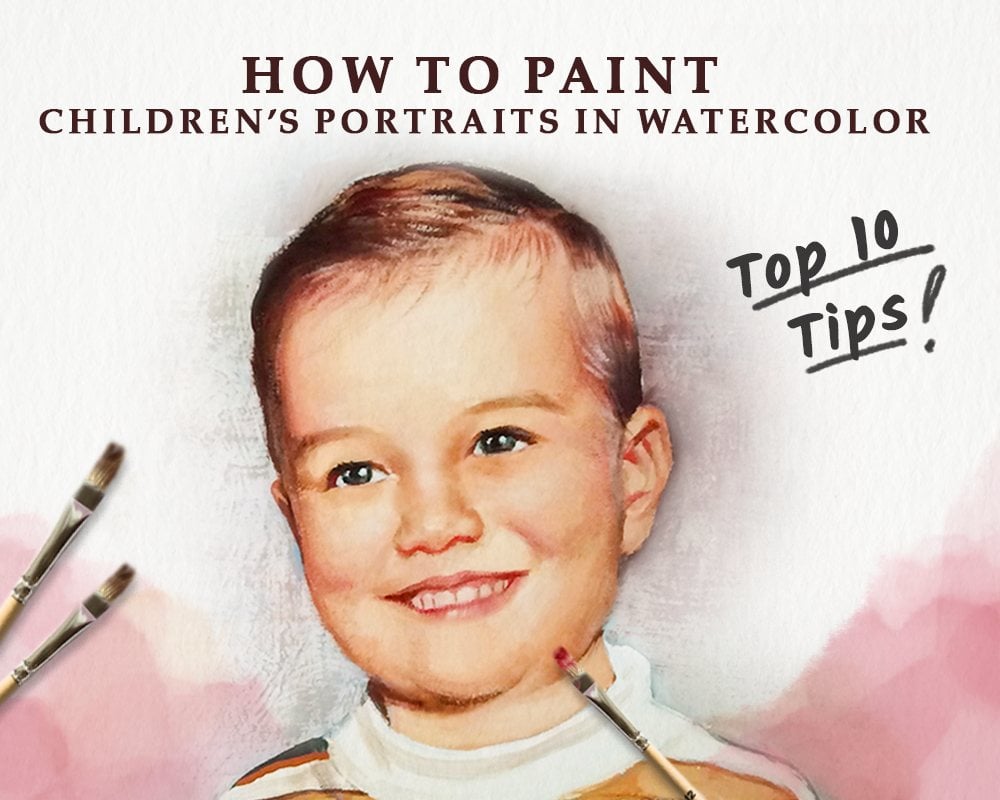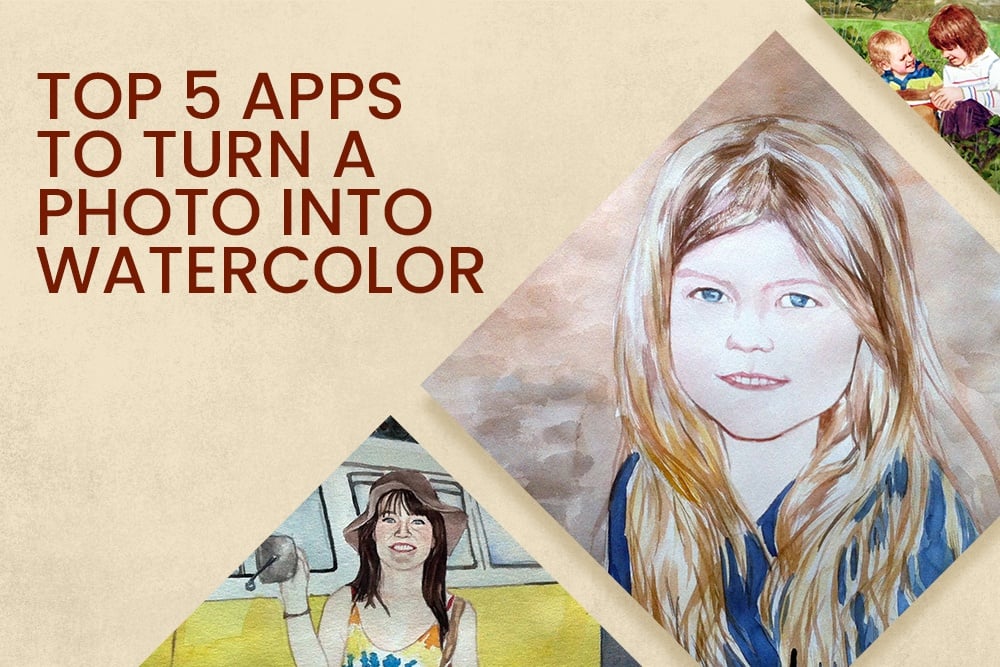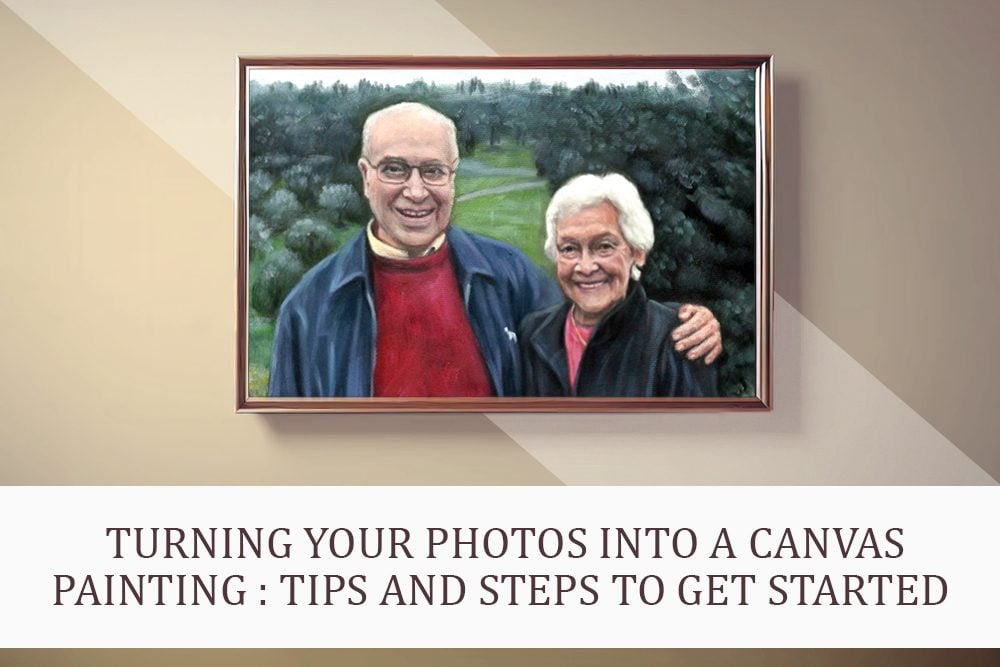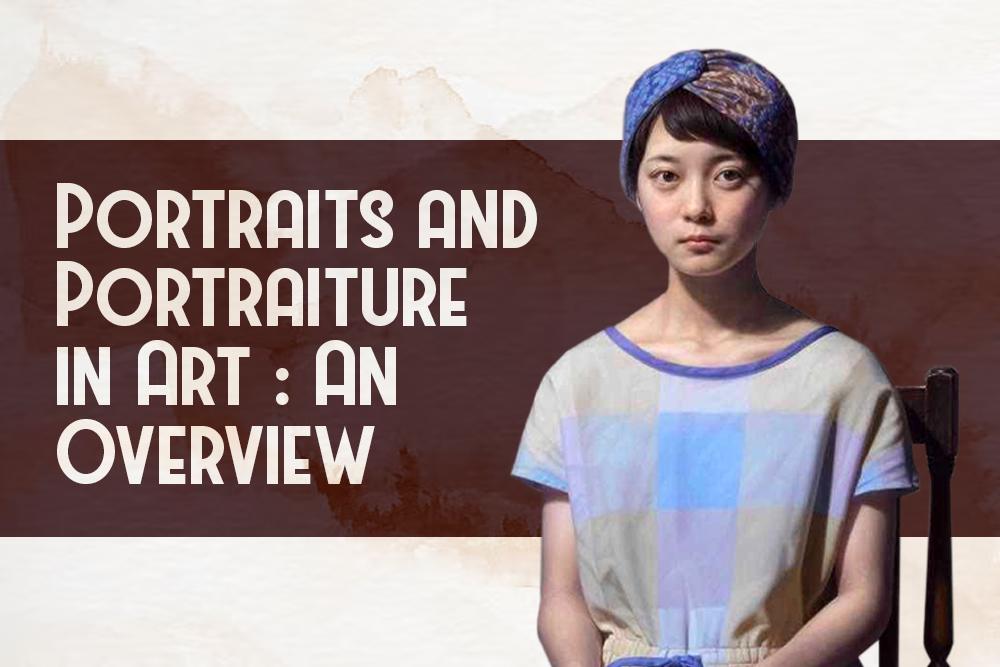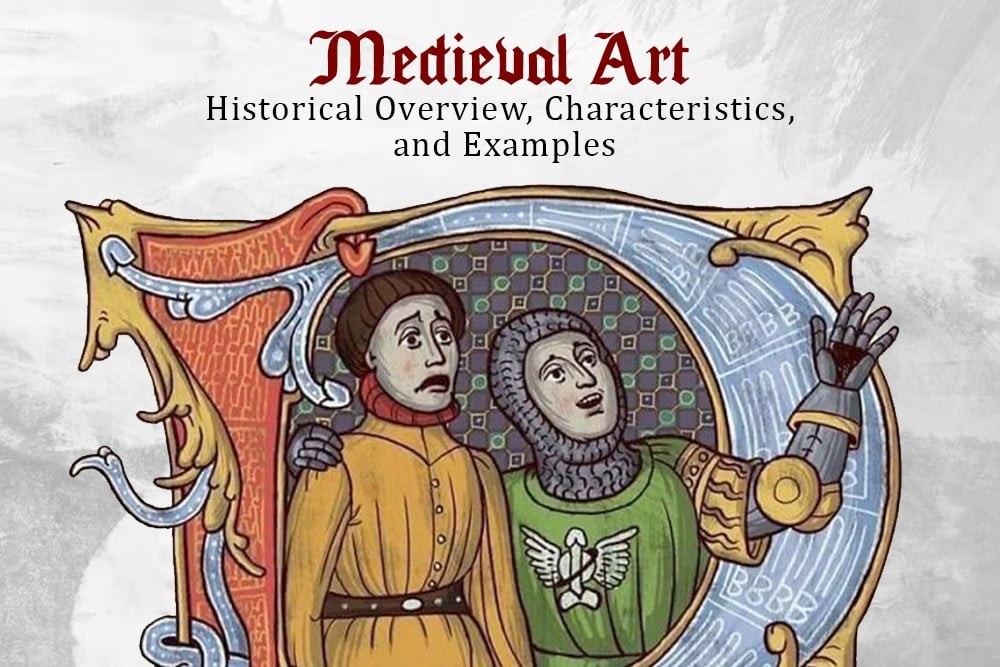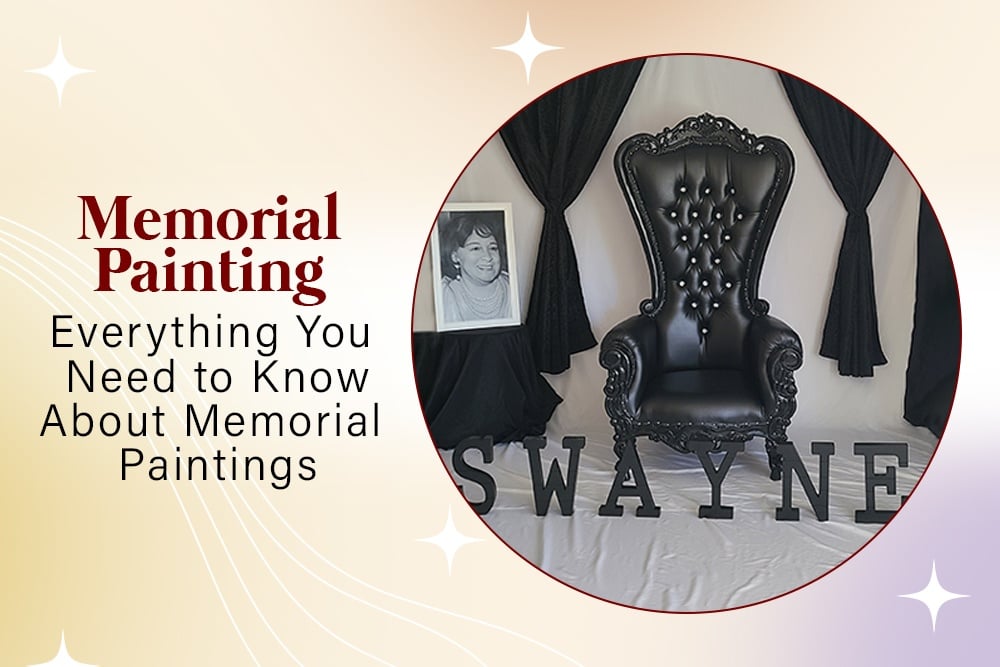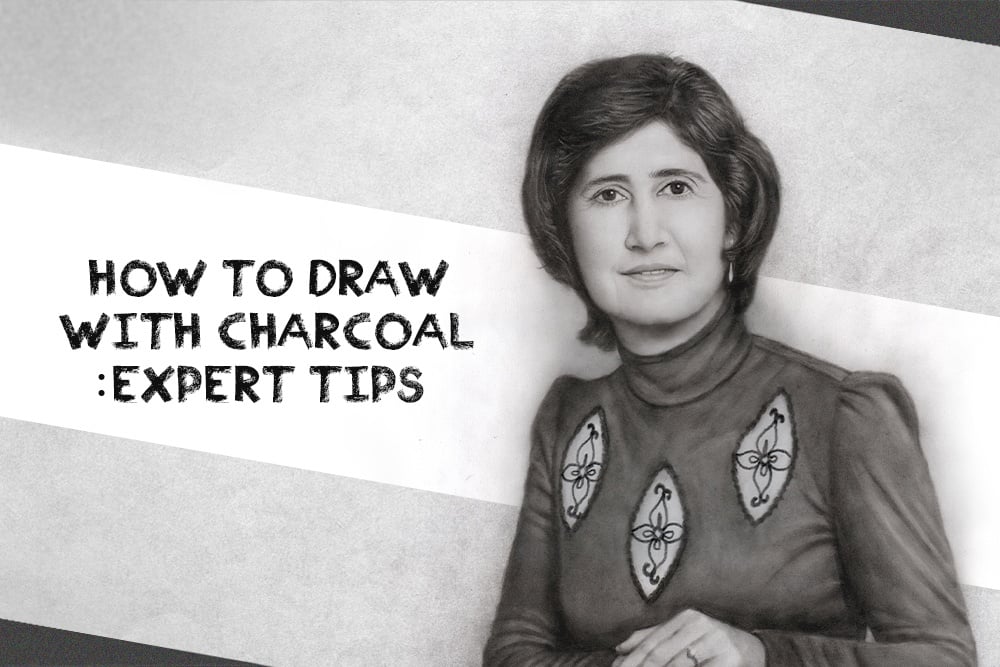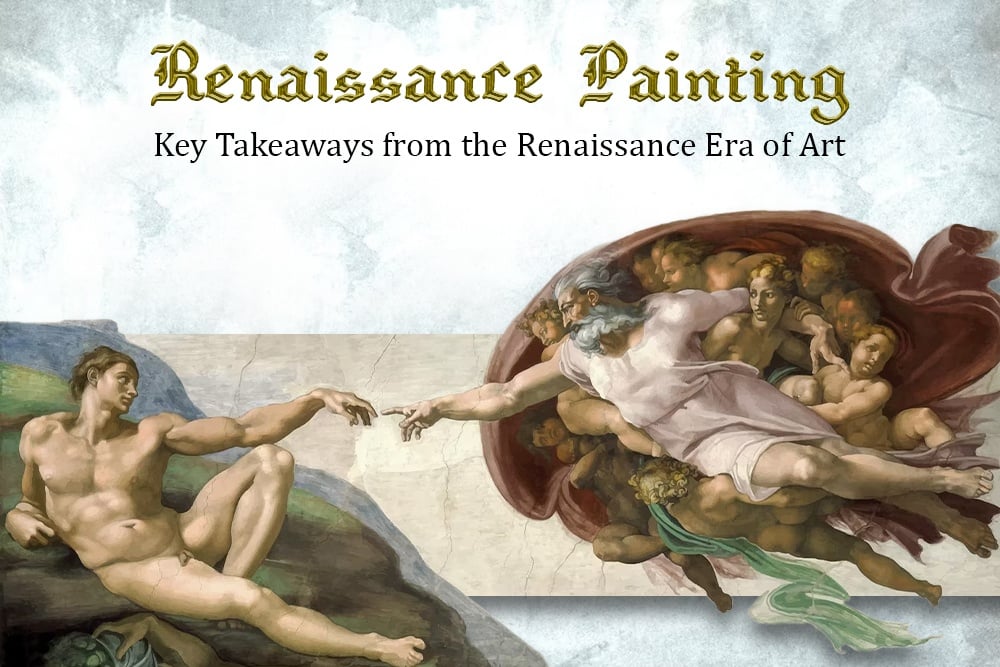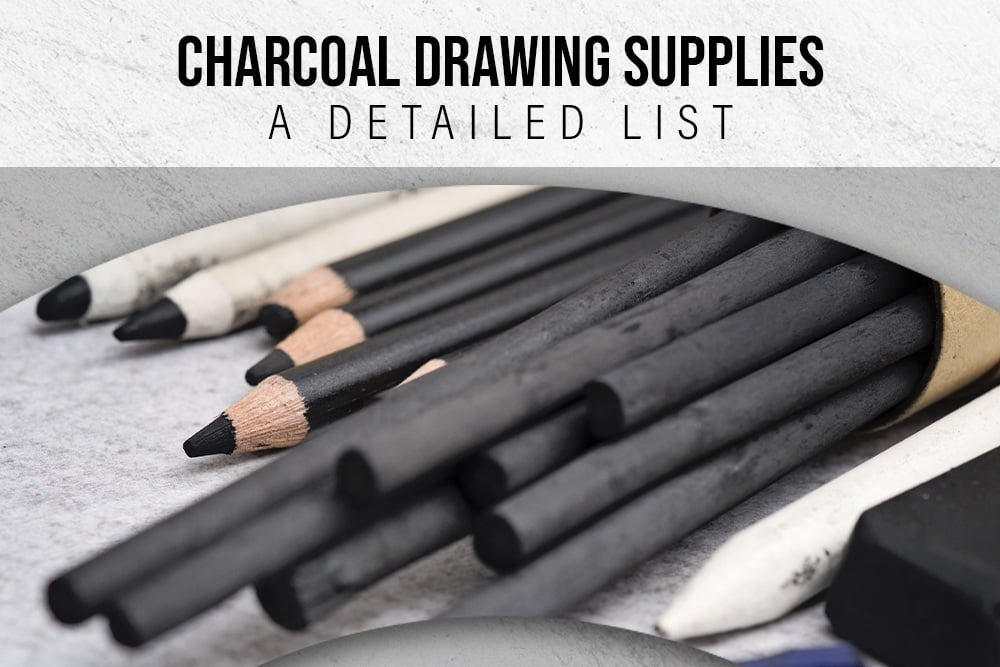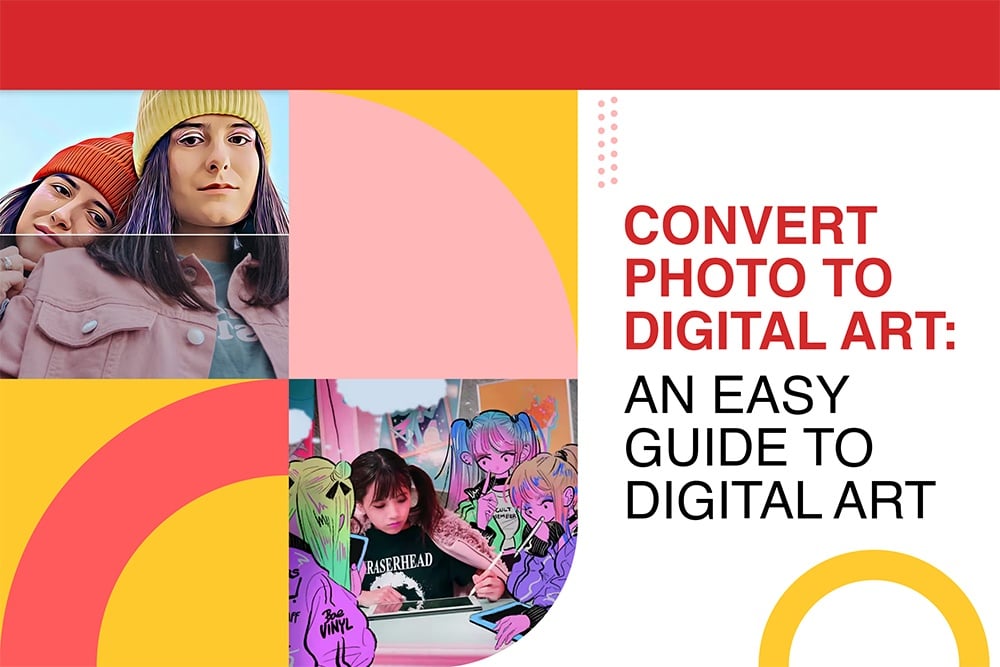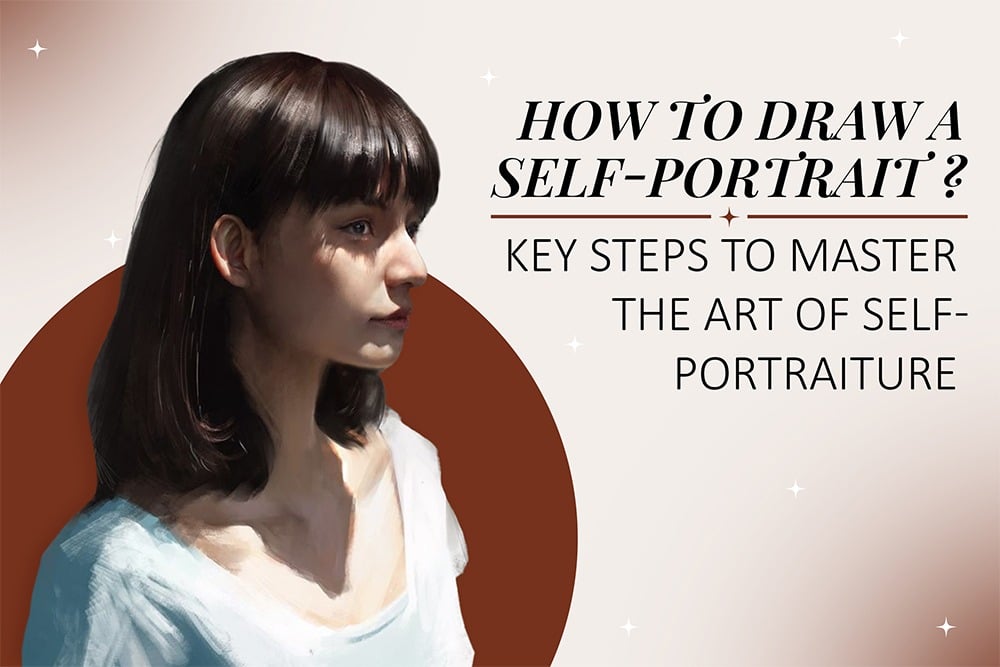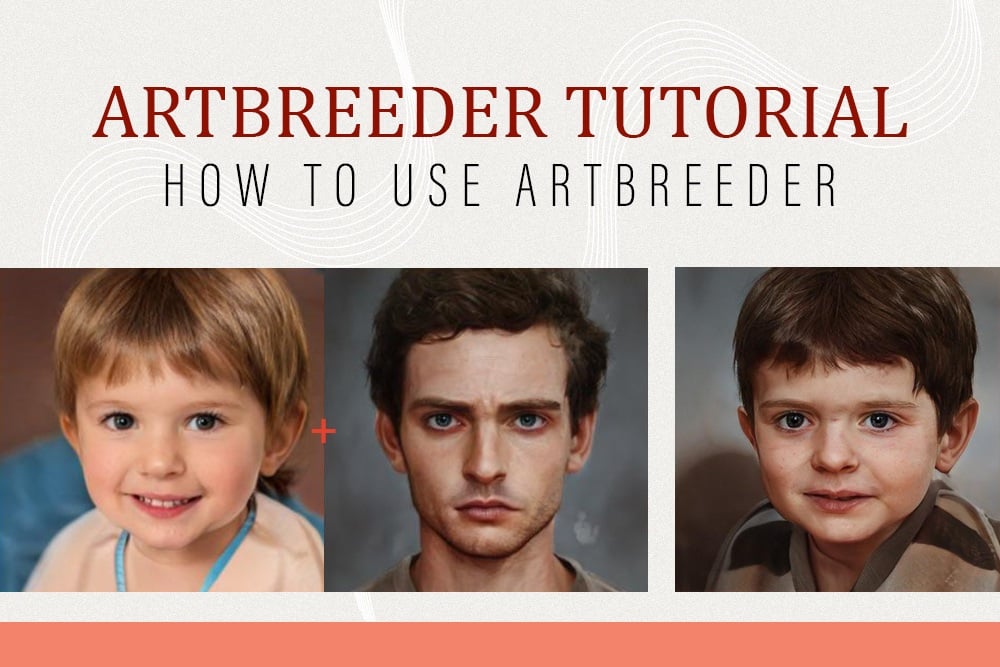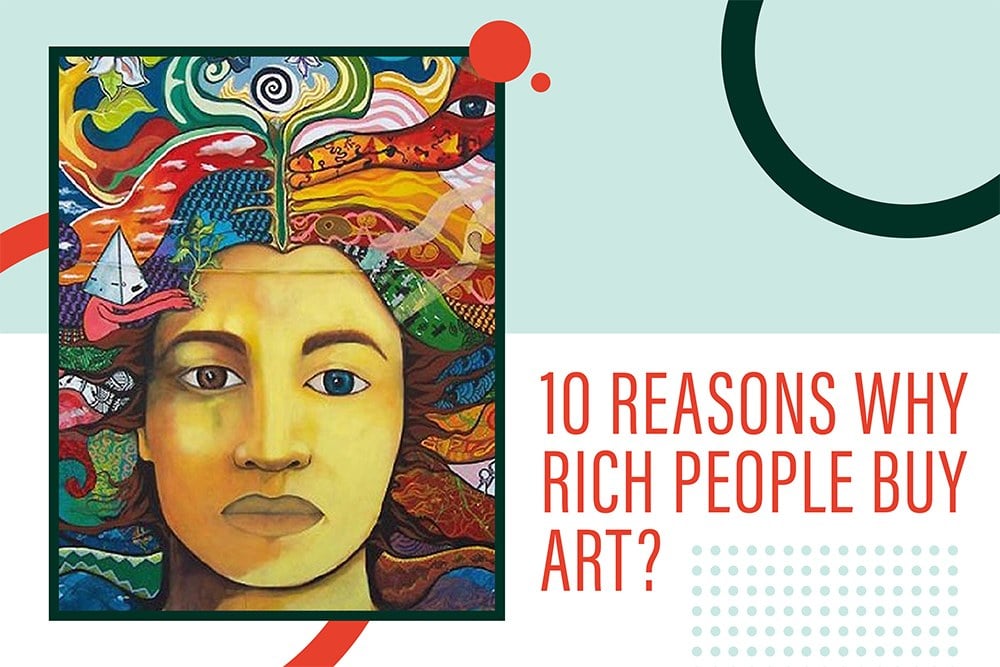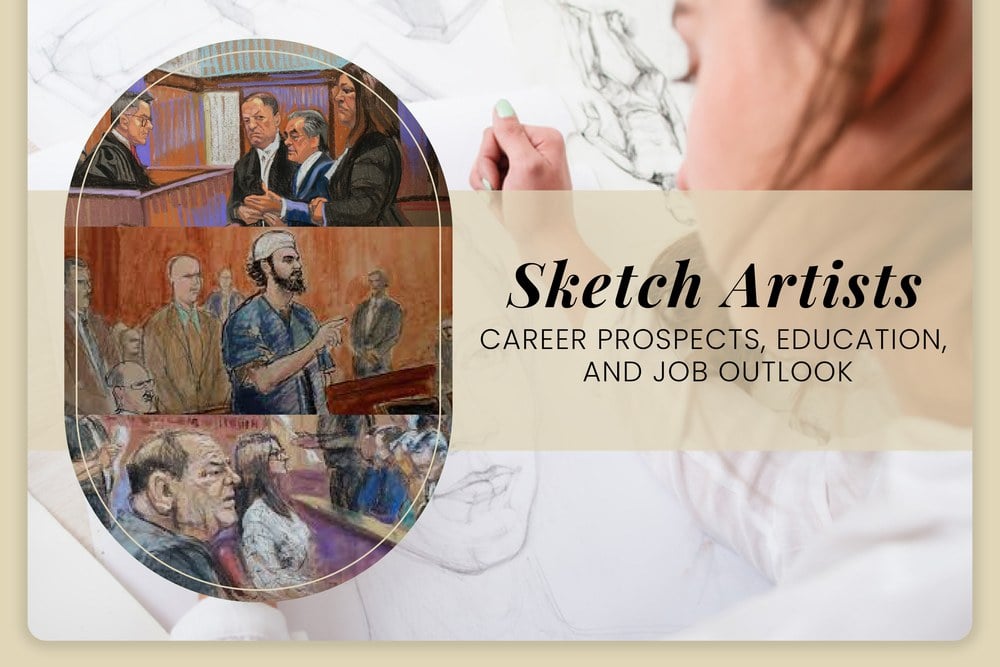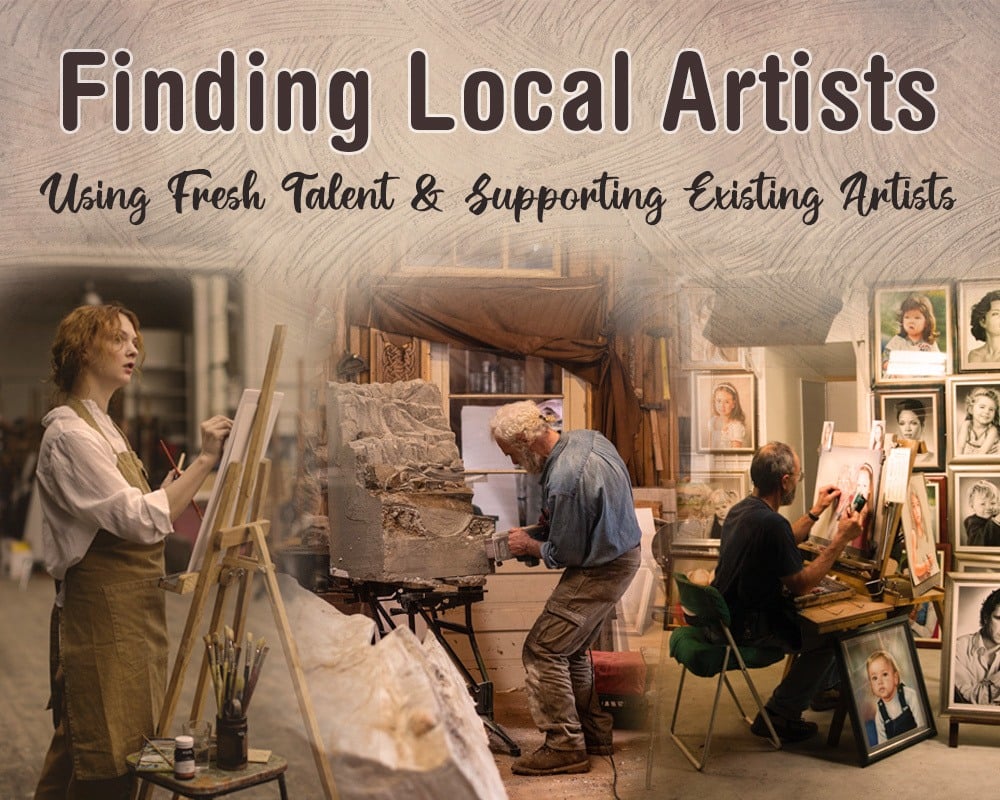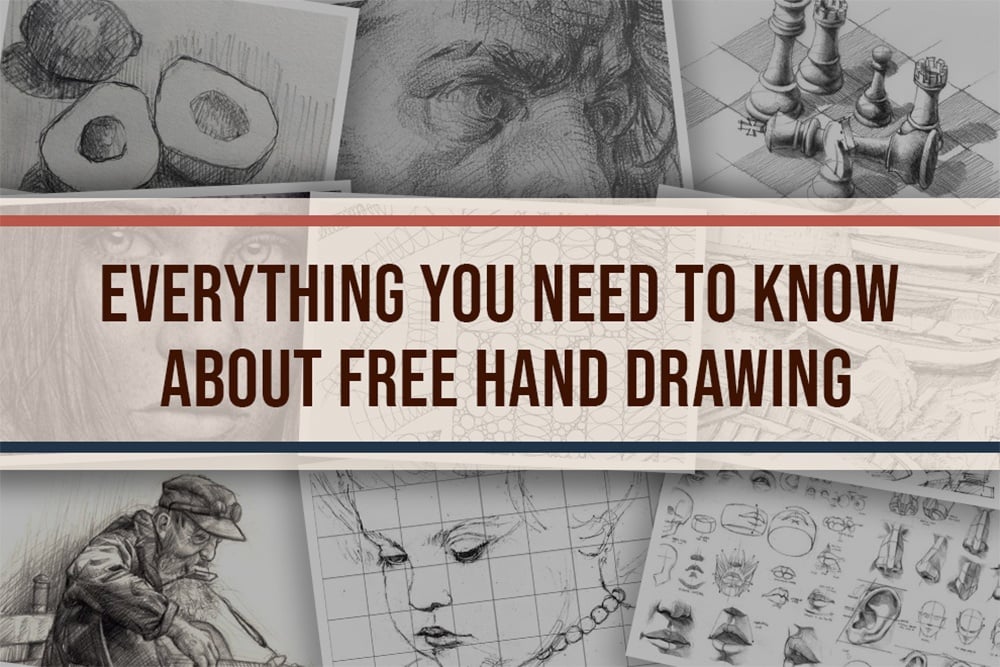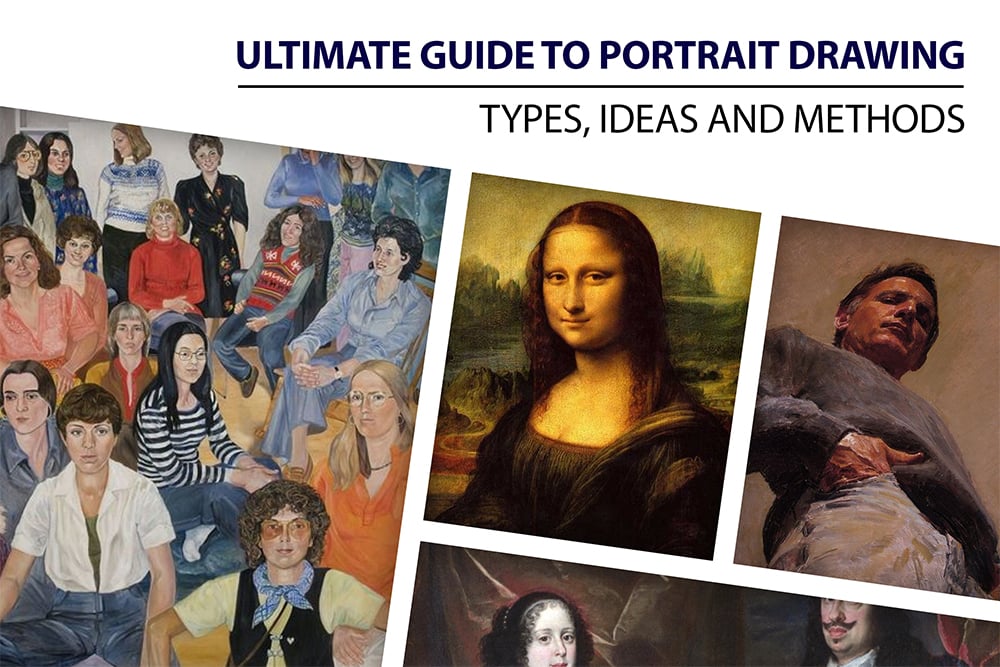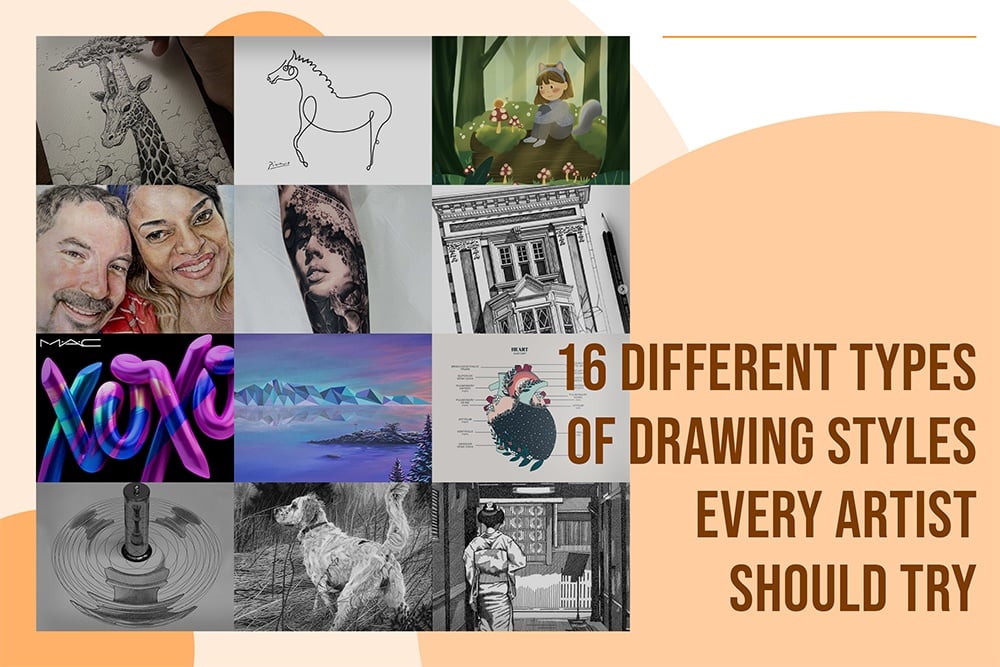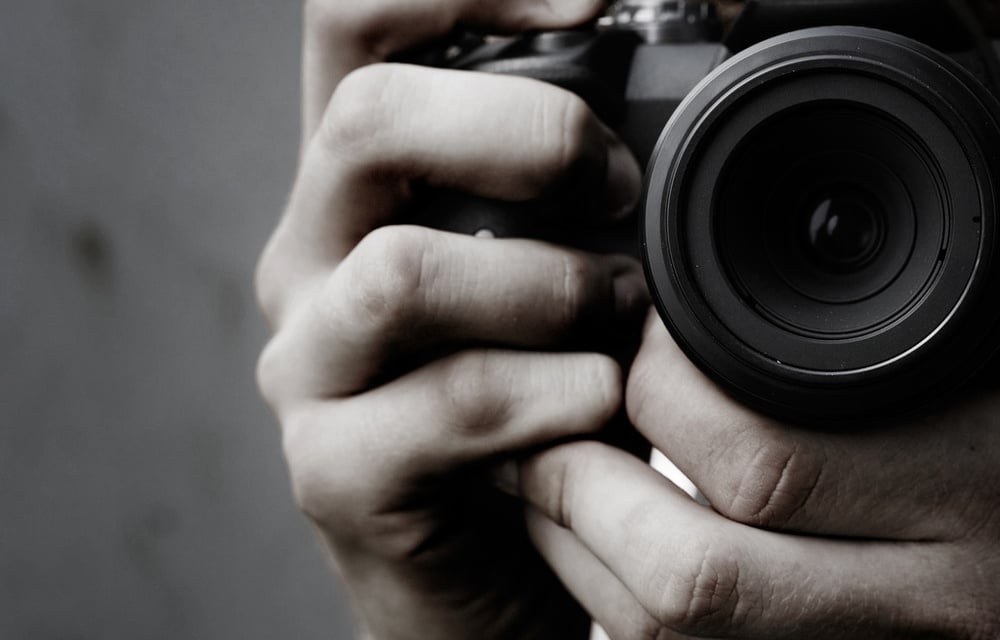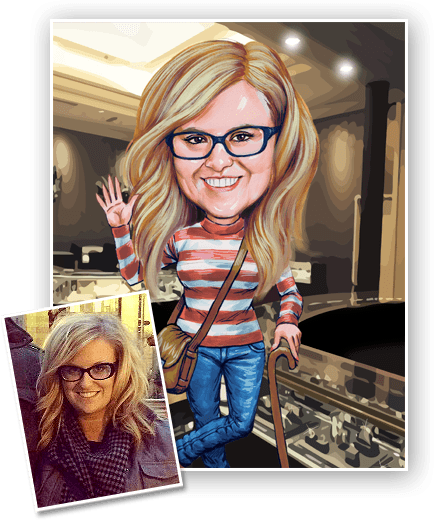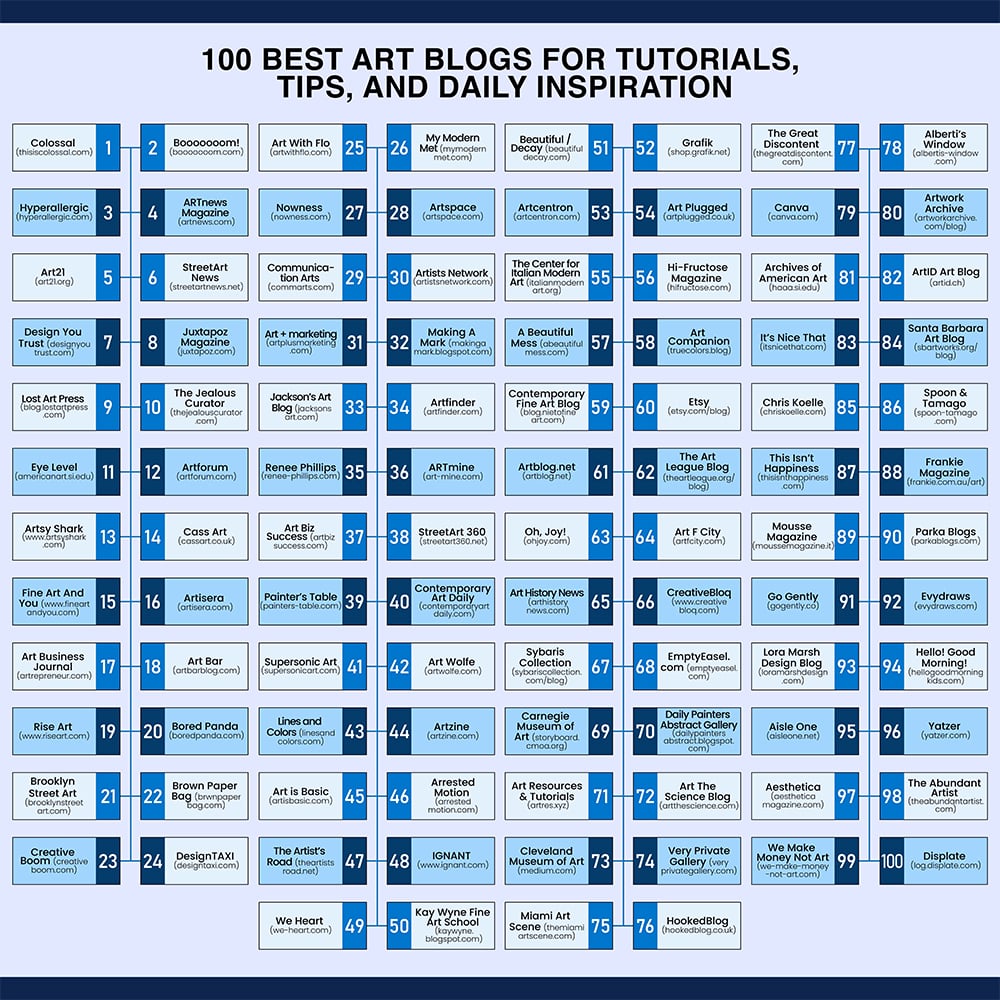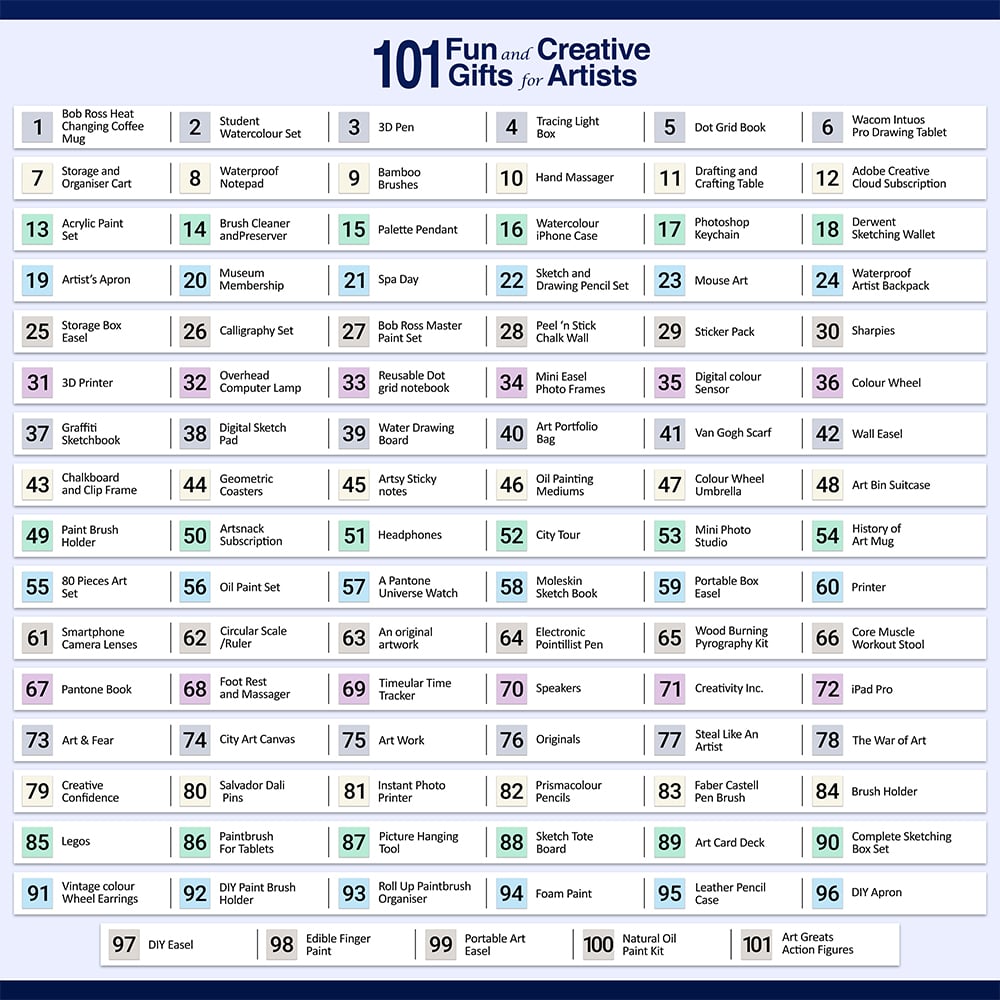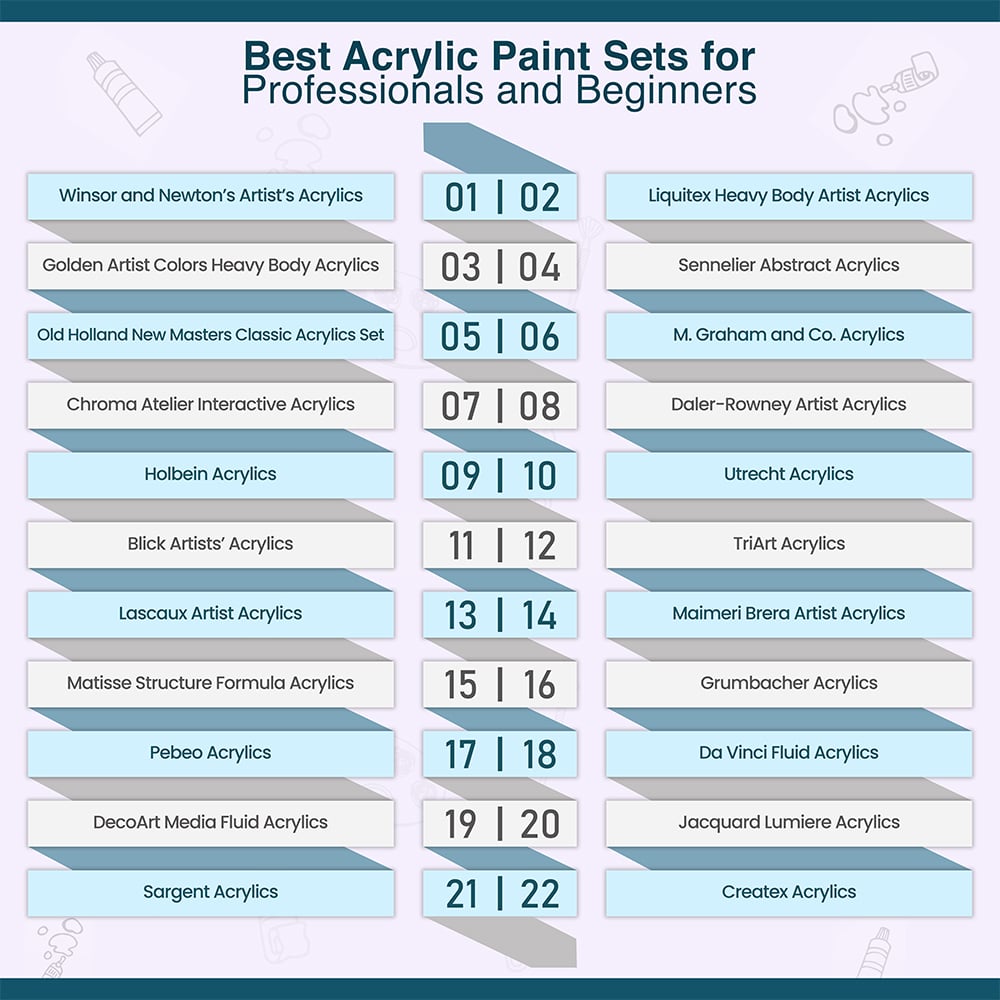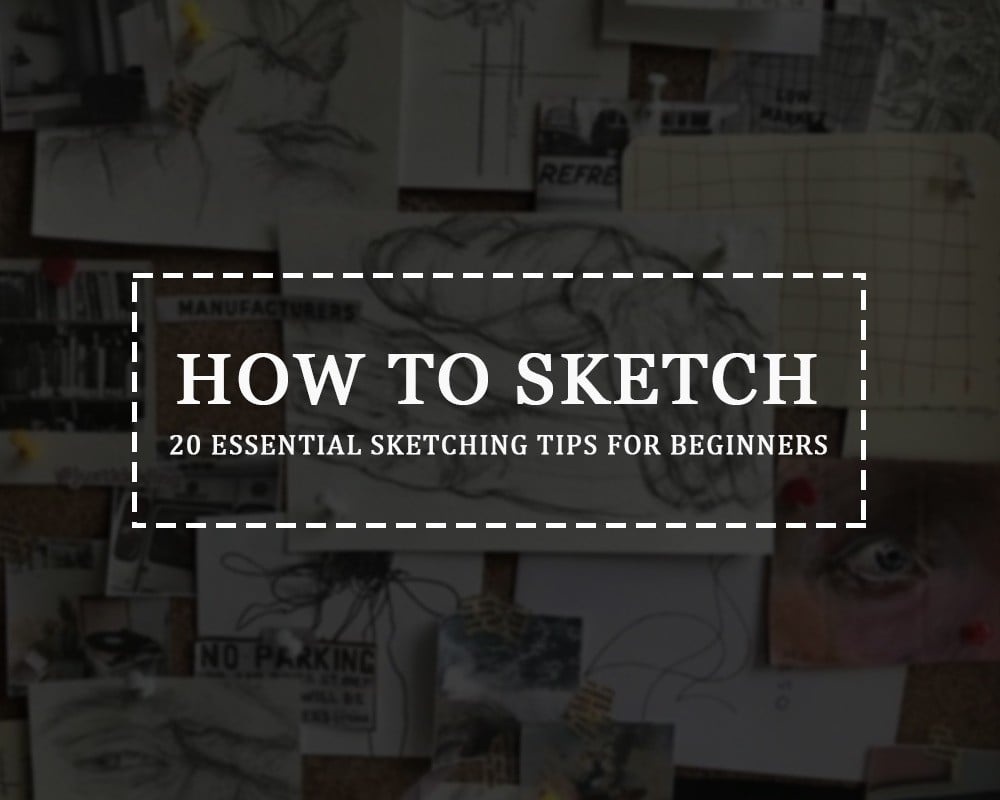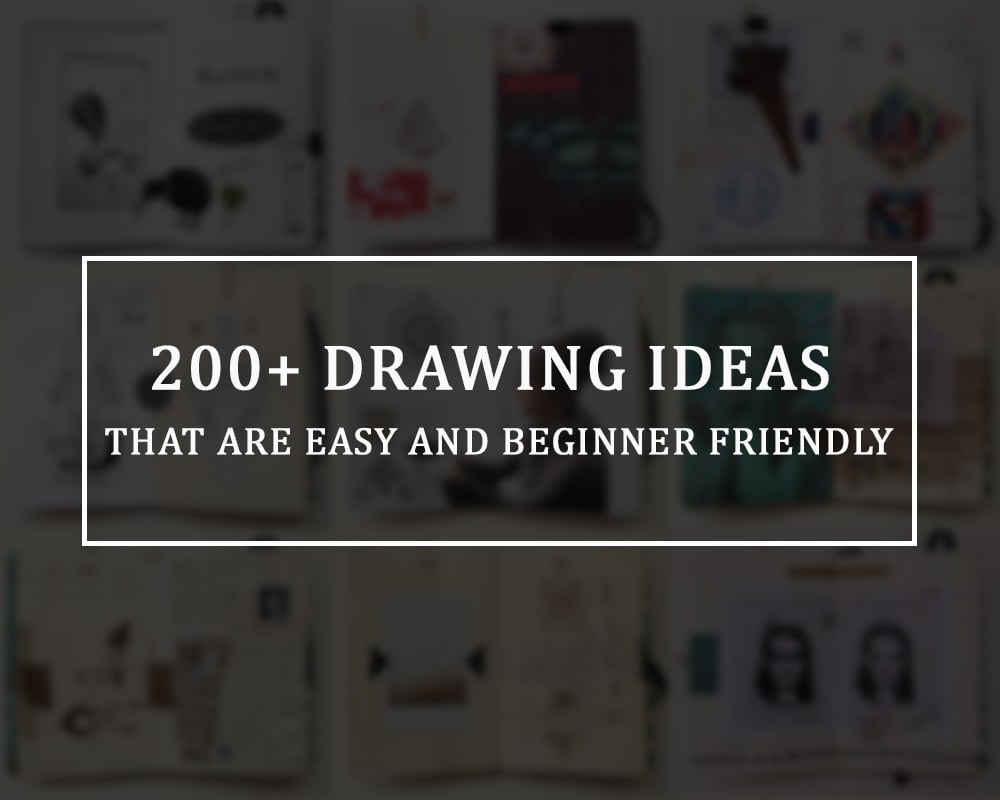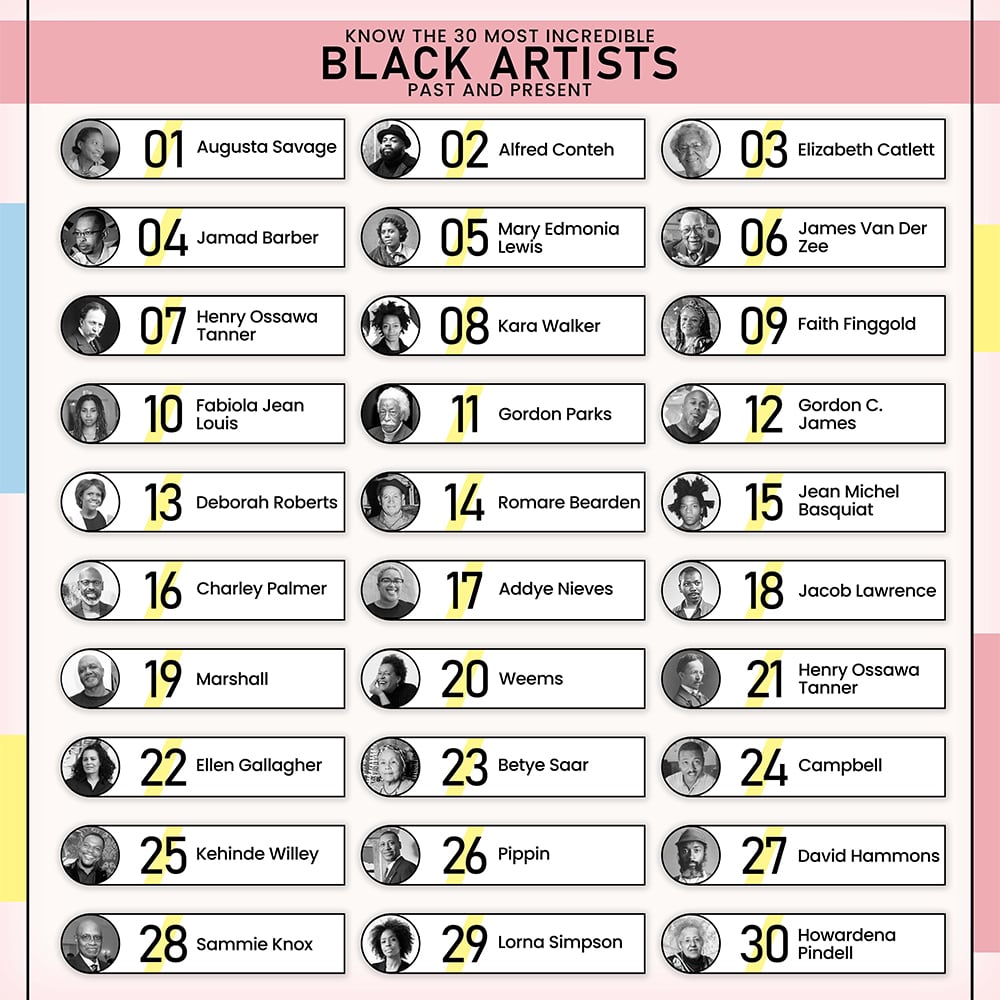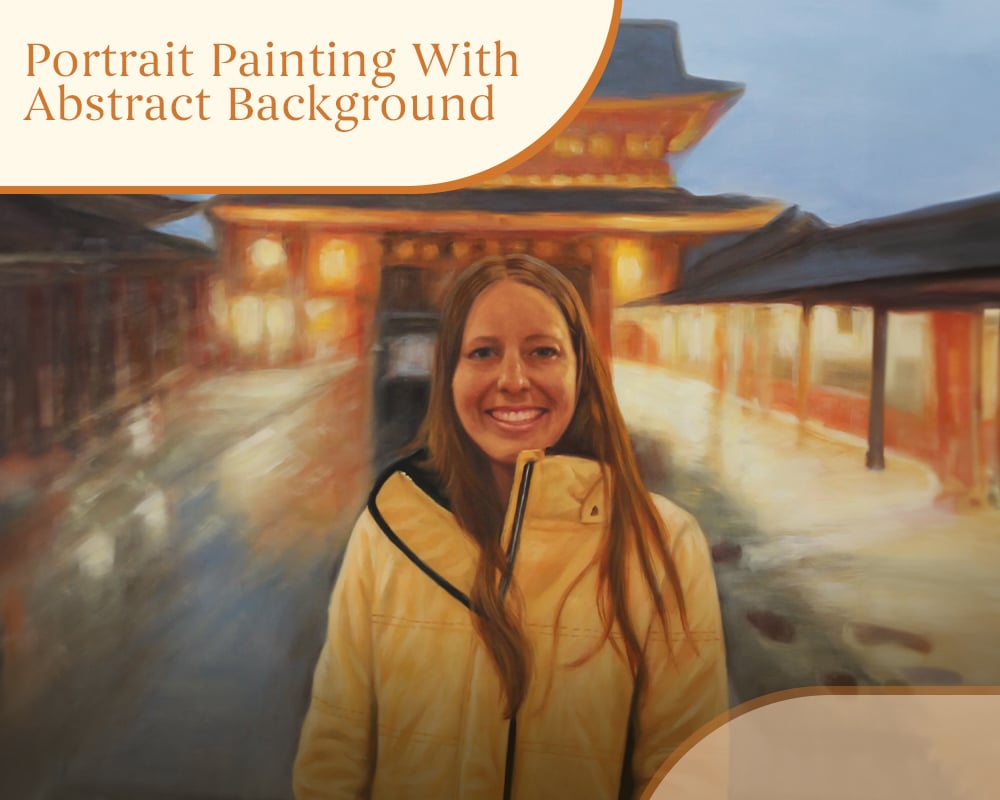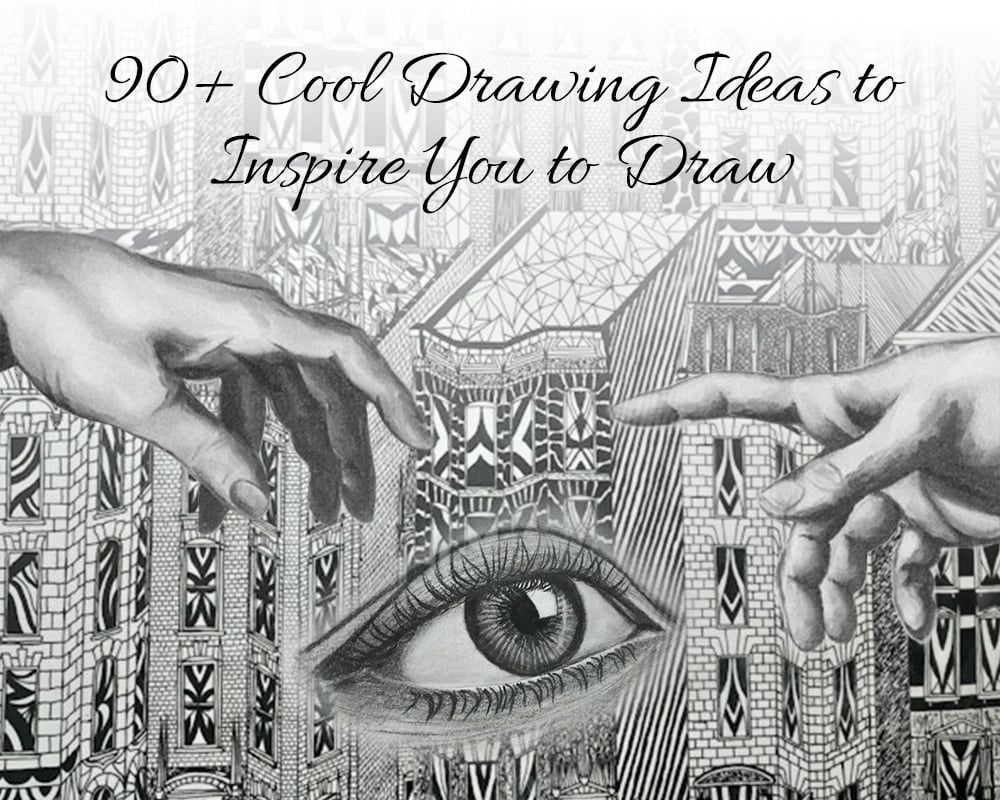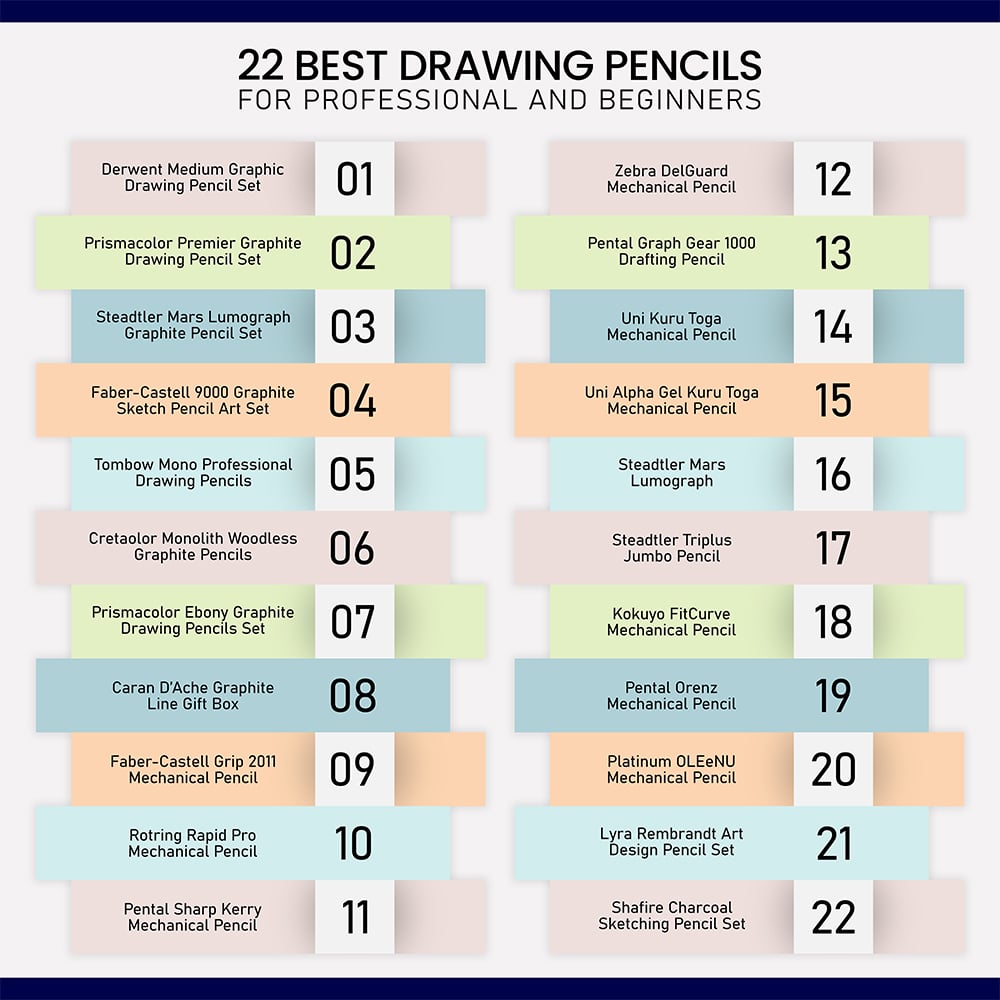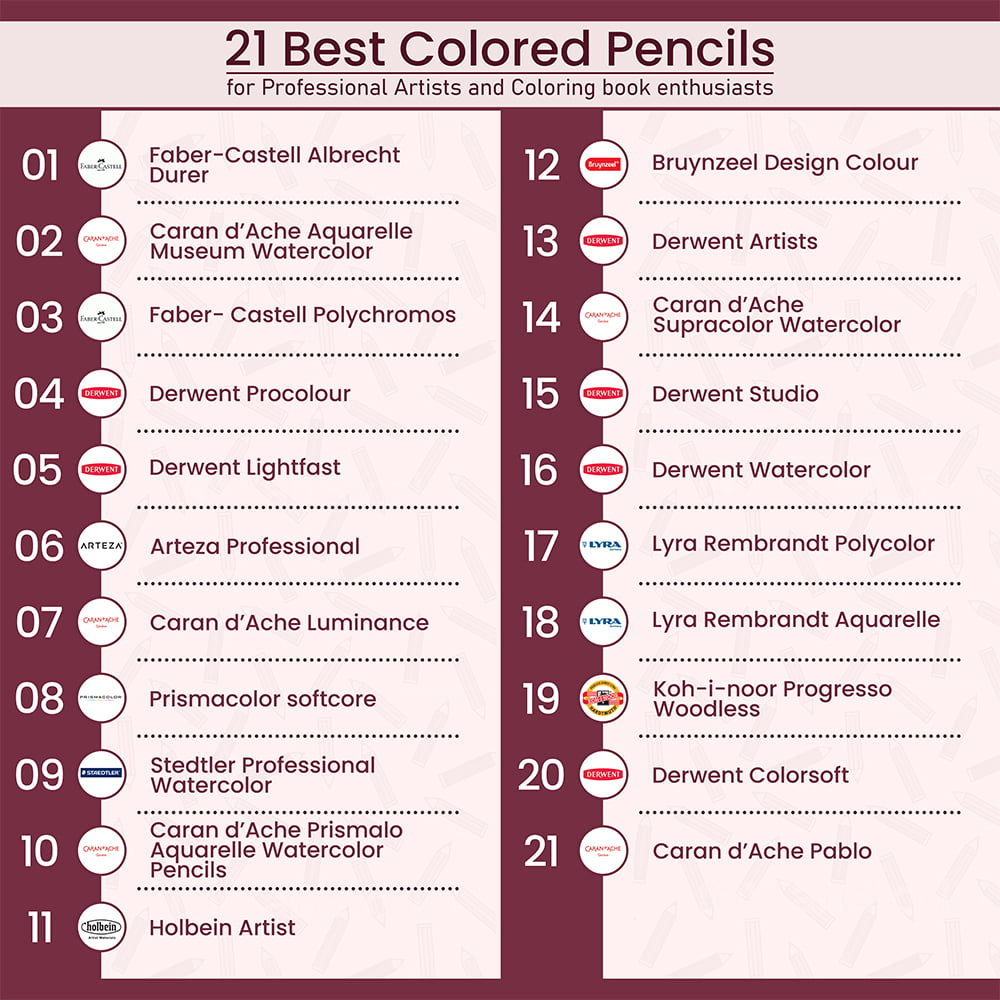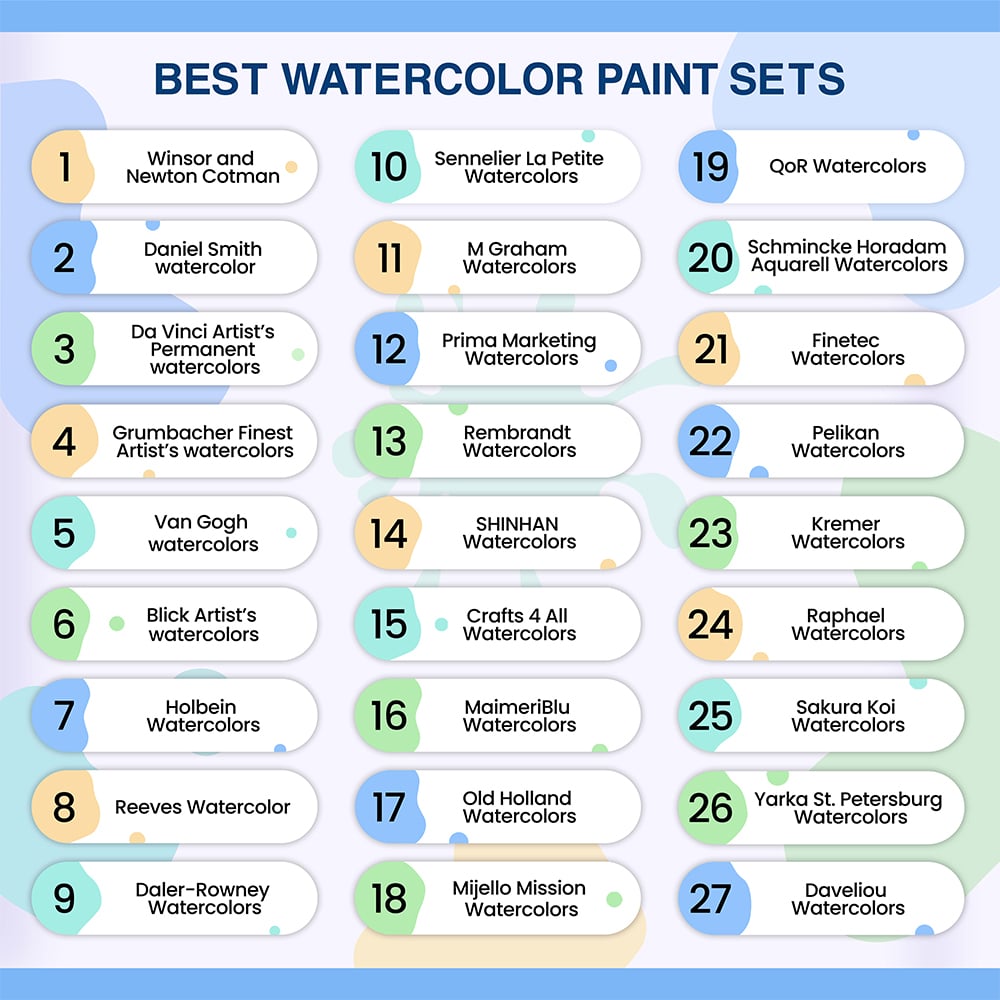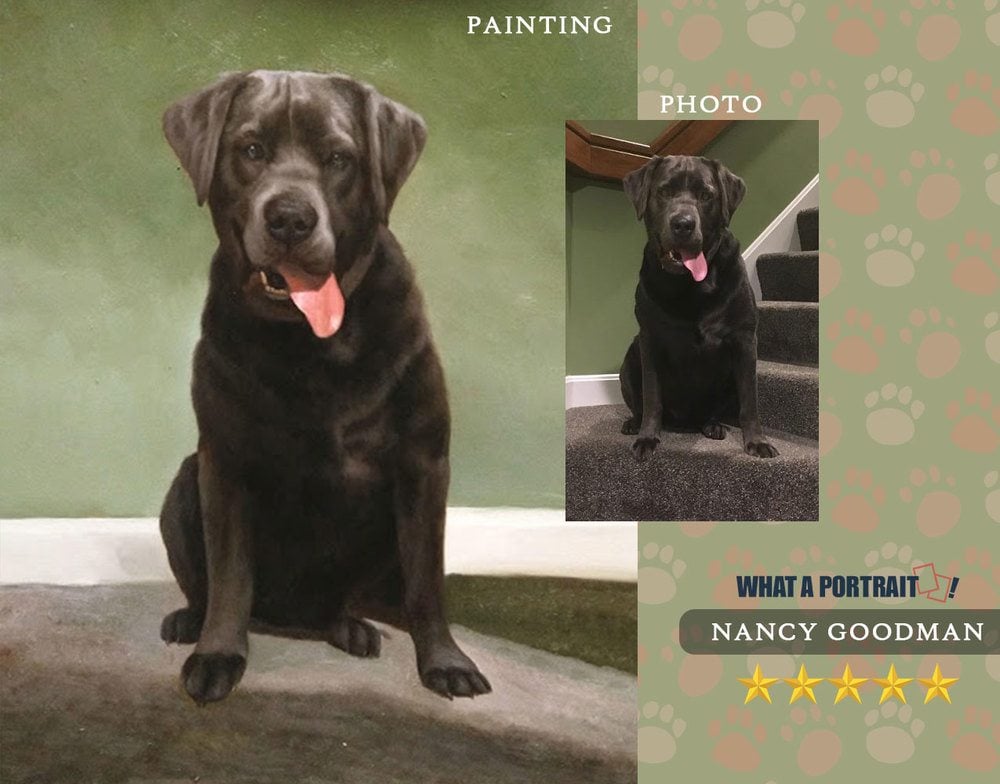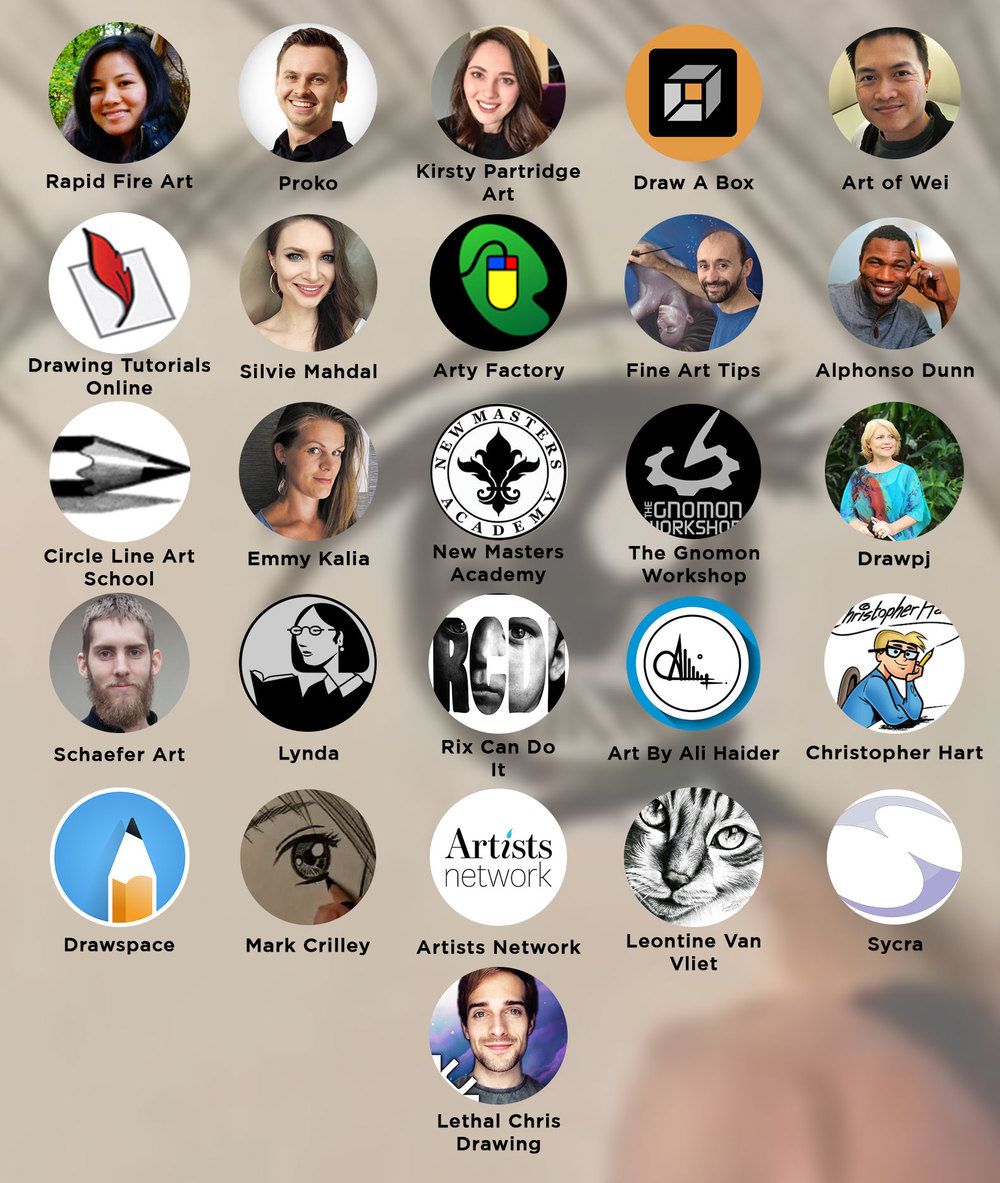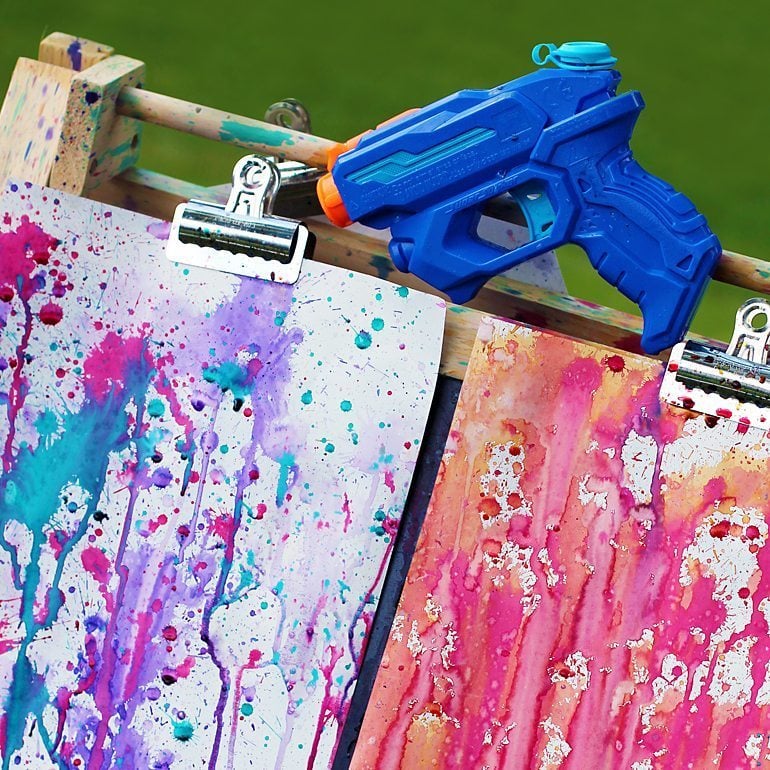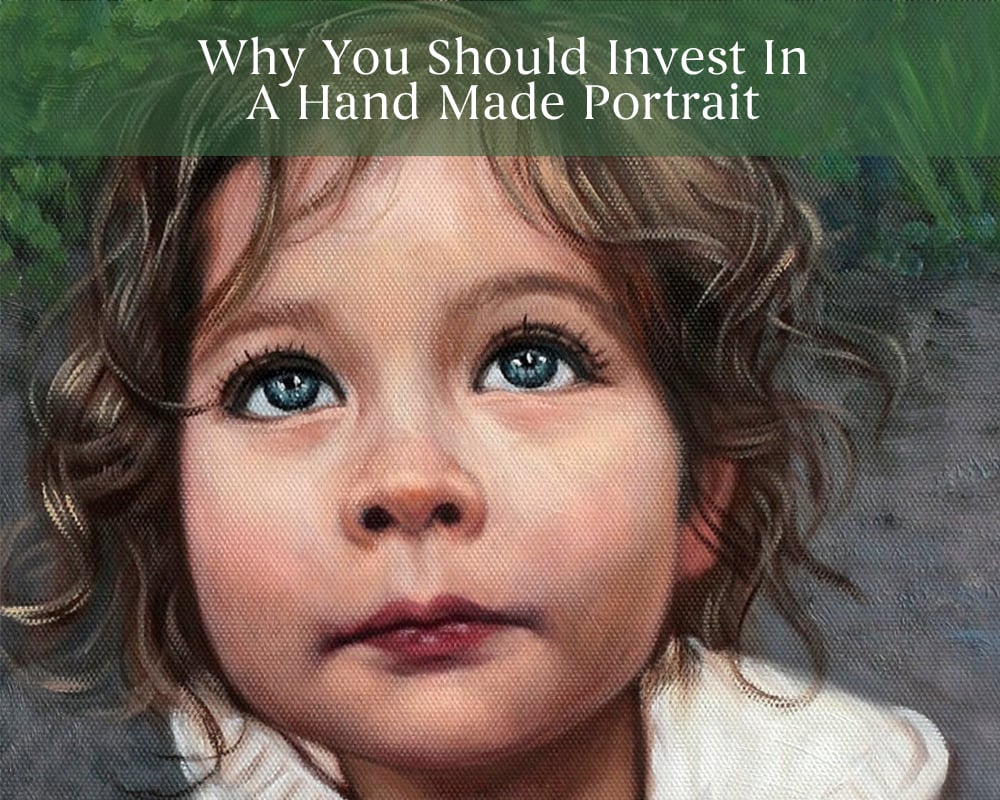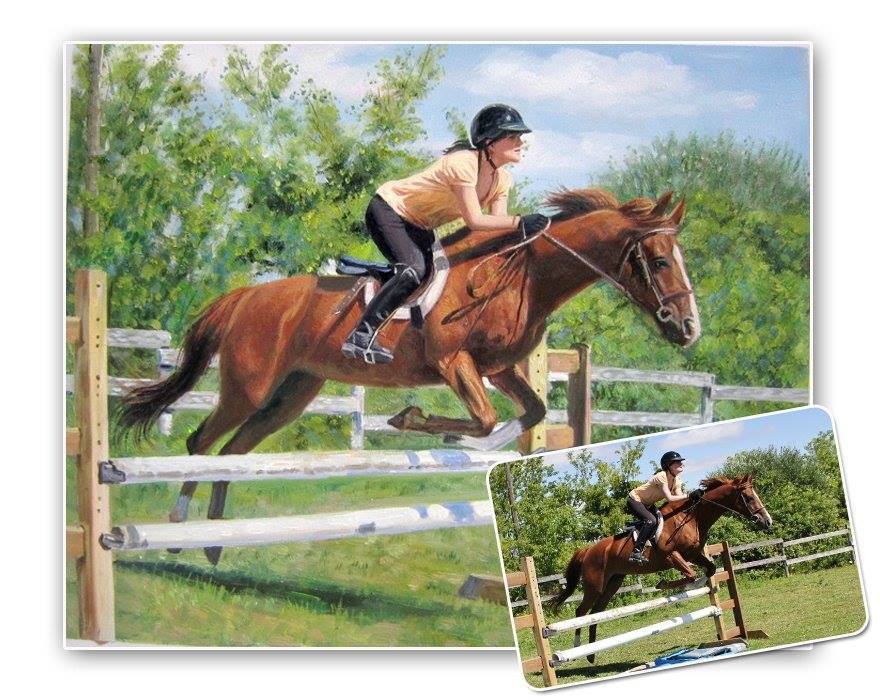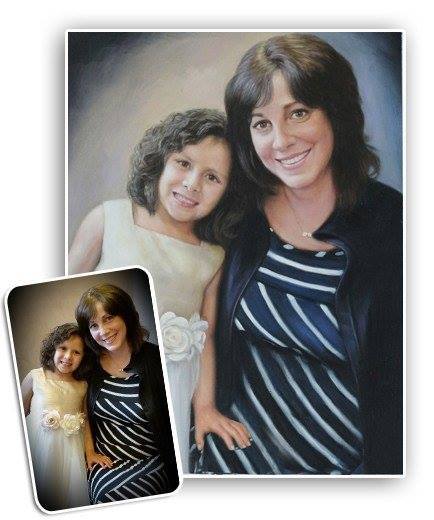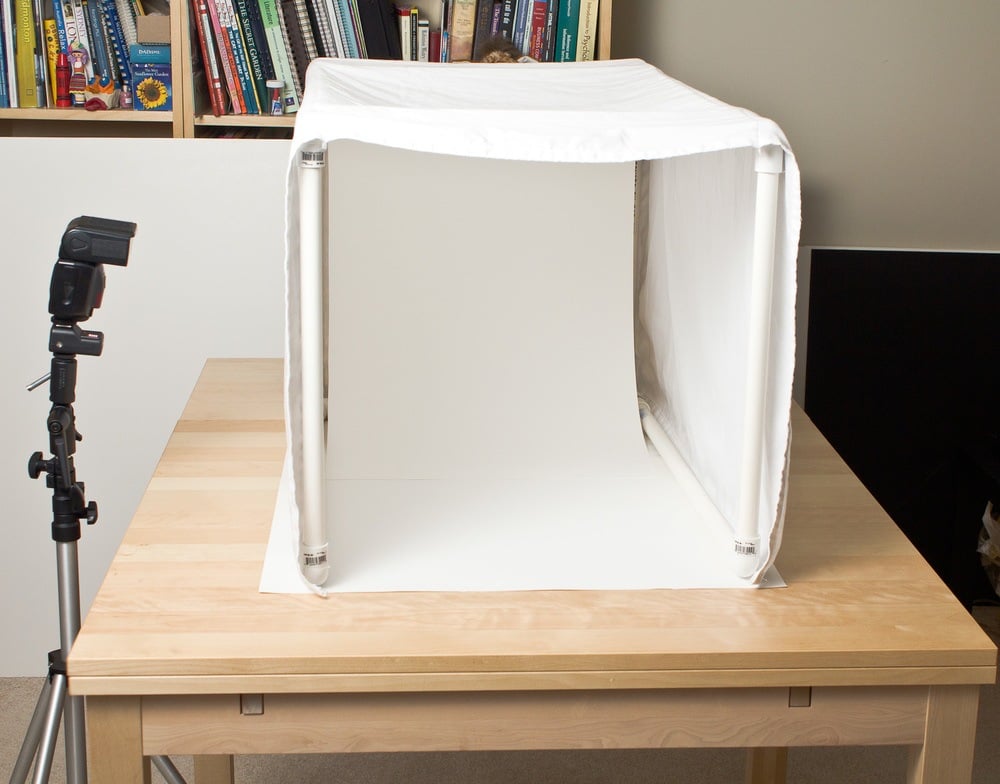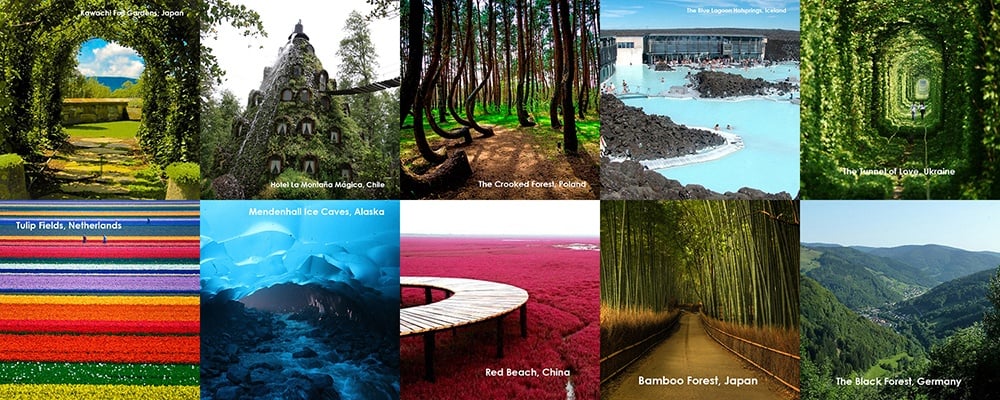
An art style refers to the standard features of specific artworks that help us classify them. The pieces of one type will have distinctive characteristics that give them some visual similarity. For example, the Impressionist artistic style includes the use of small, prominent brushstrokes. On the other hand, realism is about recreating the world around us exactly as it is.

Credit: Daniel Gerhartz
We can broadly classify art into genres and movements, but each artist eventually establishes their own art style. This expression emerges with time, passion, training, dedication, and consistent practice. Once the artist has experimented with different methods and mediums, they will find a style they resonate with. Some exercises and tactics can help an artist navigate this, which we will explore in this article.
Introduction: The Significance of Developing and Refining Your Art Style
If you want to create art professionally over just doing it for fun, developing a signature style you are comfortable with is essential. It represents your individuality and artistic personality while helping you build advanced skills. It helps set a precedent for your talent and skill and makes you and your works distinguishable and unique. At a glance, the audience could associate the classic traits of the painting with the particular artist.

Credit: Aykut Aydodgu
Moreover, refining your art style helps you channel your thoughts and express yourself in a way that is true to yourself. Even if you take inspiration from other artists, having a distinctive style can reflect your confidence as an artist in your choice of materials and art techniques. If you aim to make a big name, having a quirk that contributes something new to art history can help.
Developing your art style is manageable, as you just need to tweak your current art routine slightly. Incorporating the following steps can let you learn how to build your own distinct style. Let’s take a look at some great tips in the next section.
1. Understanding the Foundations:
Rather than taking extreme steps to grab the viewer’s attention, you must understand the basics of drawing.
1.1 Mastering Basic Techniques:
There are some foundational things to grasp before jumping into drawing. These include proportions, human anatomy, angles, lighting, shadows, and highlights. Gathering knowledge on these fronts can prepare you better and give you an edge in your own work.
- The Importance of Solid Drawing Skills
Ensuring you understand drawing basics well can help you evolve your artistic skill. You may want to experiment with different forms or mediums of art - be it an oil painting on canvas, pop art on fiberboard, or sculpting a statue with clay. Regardless, solid drawing skills can help you draft rough sketches that you can further develop into an advanced pieces of work.

Credit: Empty Easel
Most things in visual arts can be traced back to a doodle, sketch, or drawing. From an architect designing a building to an Expressionist artist who wants to create a vibrant painting, many artists depend on pencil drawings for their first drafts and outlines. This is why taking art classes to improve your drawing skills is helpful.
So, start with sketching the everyday objects around you, getting the basic geometric shapes right. Building drawing skills will instill qualities that come in handy no matter what kind of art you choose. These include patience and observational skills, training your artistic eye, sharpening accuracy, etc.
- Practicing Proportion, Perspective, and Anatomy
For portrait artists, better understanding the body's structure is vital to sketching a realistic human being. Though not visible, the muscle and bone structures influence one’s appearance a lot. But, no matter what you’re drawing, always start with the basic shapes rather than the intricate details.
Apart from anatomy, studying the proportions of the body parts and facial features also helps. For example, knowing that the nose is almost as long as the ear or that the space between the eyes is roughly the length of an eye will ensure accuracy in your drawing.

Credit: Pinterest
Understanding perspective is also crucial to artistic expression. An object will appear smaller when it is at a distance, especially concerning an object that is closer in perception to the viewer. Knowing these things will help you render depth and three-dimensionality more correctly.
Even if your style requires you to stray from realism, having this foundational knowledge is valuable. For example, suppose you want to create a grotesque or surrealistic piece of art by drawing a disproportionate body or a wrapped sense of perception. Knowing the proper measurements and rules is still essential to disturb it intentionally and create the desired effect and meaning.
- Utilizing Shading and Highlights Effectively
Another significant aspect of drawing that helps capture depth and three-dimensionality is rendering accurate light and dark values. An object will have regions of shadows where the light doesn't fall and highlights where the light reflects brightly. It depends on the position and direction of the light source.
By squinting at the reference photos, you can view this contrast and shade the tonal areas in your picture. Try to place the light sources above the head for maximum contrast.

Credit: Abbywatermark via Pinterest
But before you delve into the shading and details, start with a loose drawing after planning and mapping out the composition. Decide where to locate and place the elements to make a thumbnail sketch or mock-up. You can develop this further.
1.2 Experimenting with Different Mediums:
A vital step you must take in the process of discovering your style is to experiment with different mediums. Let’s understand that in depth:
- Exploring various art materials and tools
Imagine that acrylic paint is challenging to maneuver, but working with charcoal pencils feels effortless. Every medium works differently, and you may have the propensity to use certain features of a specific tool more than others. But trying out different artistic tools and materials is vital to see what you can connect with.
You can try pencils, be it the standard graphite ones, charcoal pencils, or oil or wax pencils. Watercolor pencils are ideal for their convenience of use. Another option is to use soft pastels or oil pastels, which are densely pigmented and blendable.
You can try oil, acrylic, watercolor, or gouache paint for painting. Oil and acrylic are vibrant and versatile, while watercolor and gouache are quick-drying and can be rewet for edits. You can start experimenting with a simple and portable tool like a pencil, which can also help you learn proportions and structures.

Credit: Jackson’s Art
When starting with paint, watercolor is an ideal option to begin with since it can help you learn to be cautious, deliberate, and disciplined. Gouache is also relatively easy and mess-free to use, perfect for creating vivid layers. Since it is quick and suitable for sketchbooks, it might encourage you to paint more often.
Each medium has its different techniques and approaches. So, some learning is involved in this step of your journey of experimentation and self-discovery. However, the practice will enhance your overall artistic skillset rather than just drawing skills, no matter what style you choose. This is because your art muscles get exercised, and you build transferable qualities in this process.
- Discovering mediums that resonate with your style
There are countless ways to do art- so many that there could be styles and methods you have never heard of. Some people even resonate exclusively with a niche art form, like making hyperrealistic cake designs. It becomes necessary to research different art forms and mediums before you pick the ones you want to try.

Credit: Homewode
Whichever style you ultimately choose, just remember that it has to resonate with you. You should be able to express yourself and your thoughts freely using this medium and find yourself excited to create with the relevant materials. More than art rules or visual appearance, fulfilling your artistic expression gains precedence.
- Pushing boundaries and trying unconventional techniques
Historically, resistance to traditional artistic norms led to new art movements and styles. You may find that you can create to your full potential when you combine two contrasting materials. This may mean experimenting by pushing conventional boundaries and mixing two mediums not typically used together.
It also means pushing your boundaries and getting out of your comfort zone. You may find doodling or painting convenient and pastel art daunting. But without giving the latter a shot, it is impossible to discern whether your art style requires this new material. Even if you end up making mistakes, you might find a way to create something special out of it.

Credit: Oleg Zhivetin
You can push your boundaries further and try other art forms as well, be it digital art or sculpting. You may even develop a unique style with a mixed-media approach, having a fresh look and perspective. Truly push your limits and try eccentric genres like cubism or surrealism to see what you can do.
2. Developing Your Artistic Voice:
Developing your artistic voice can be inspired by your efforts at learning and inspecting various art techniques, methods, and styles.
2.1 Studying and Analyzing Artworks:
Many of the greatest artists in history have been influenced, at least partially, by the works of their predecessors. It is always a good idea to be exposed to other creators and their masterpieces to get an uplifting push in the right direction.
- Examining works of influential artists
Studying your favorite artists can help you define what you want your creations to look like. You can research other artists by grabbing a book with a collection of their works or checking out websites dedicated to these artists. If you want to see the original piece in the flesh rather than a print or online reproduction, visiting museums or local galleries for inspiration is ideal.

It could be a fantastic learning opportunity as you may find an explanation or note from the artist next to the piece. This will provide insight into their process or approaches in creating an aesthetically pleasing painting.
An interesting point to note is that different art forms can inspire you. For instance, as a painter, you may visualize a scene based on music lyrics or lines from a novel.
- Analyzing composition, color schemes, and brushwork
When observing the works of great artists, truly dive deep into the piece and analyze details like color schemes and brushwork. Get technical and theoretically study the artist’s process.
Try to figure out what an artist achieved by using a combination of certain colors or how they set the tone using values and shades. For example, study the different aspects of color theory like harmony, temperature, mixing, combinations, and psychology. This will ensure balance in your creations so it isn’t clumsy and dissonant.
You must choose the right color palette, even if limited, and gauge what happens when you mix different shades. A palette with a good value range rather than a color range can also be used to create masterpieces. Such a set of colors help you reveal the potential of the few selected pigments.

Credit: David C.Gallup
Also, understand value scales, which refer to the range of color from the darkest to the lightest. Contrasts and other effects of light are created through this understanding, so building such drawing skills is vital. You can practice with monochromatic pictures to understand values.
The following crucial element to study is perspective and texture, which you can improve with a brush for any paint. You can look into the dry brush and cold-pressed paper techniques for improving texture. This is because a dry brush on cold-pressed paper will pick up texture. You can also use a soft fan brush or synthetic hog brush for textured edges.
- Drawing from inspiration without copying directly
Analyze the works you enjoy to determine which specific elements attracted you to the piece. You can incorporate the new techniques or features that resonate with you in your creations. This doesn’t imply directly copying their works but recreating the desired elements with your own special touch.

Credit: Glasglowworld
You can research their approaches and techniques. For instance, examining Picasso’s works can help you discover how to use geometrical shapes abstractly. You can also learn from specific aspects of other artists' works, such as how Van Gogh blends paint.
Also Read - How to Draw Faster: Techniques and Tips for Swift Sketching
2.2 Cultivating Personal Experience:
You can study all you want, but developing your artistic voice vastly comes from within. To build a unique art style of expression, you need to discover what you want to convey in your art.
- Tapping into your emotions, memories, and beliefs
Reflect on the thoughts, memories, ideals, and emotions that inspire you and that you want to evoke in others. Even your views, be they socio-political or religious, can influence your creations. Journaling or talking to someone can help shed light on your inner persona.

Credit: Pinterest
Similarly, free-hand doodling can also help you tap into what you want to express, in addition to being a relaxing and therapeutic activity. You could also curiously examine your surroundings and draw inspiration from the scenes in your environment. Pay attention to the lives and feelings of those around you, and notice the variations in color and texture of the physical world.
- Translating personal stories and perspectives into art
You can best express what you have known closely and personally. Hence, attempt to represent your personal narratives and perceptions in your art to make it sincerely your own. Artists are storytellers by nature and try to communicate some message or viewpoint through their works.
You can tell your story directly through a realistic representation. Or, on the other hand, do it through a fantastical or surreal creation. You can achieve this, for instance, by using metaphors and figurative elements in your composition. Symbols can have specific meanings that the audience is free to interpret.
For instance, in Michelangelo’s Creation of Adam, the figure of God, surrounded by his flowing red cloak, green scarf, and angels, is shaped like the human brain. Experts suggest it could be about divine knowledge or the church’s rejection of science. It is such small details that can add depth and meaning to your work.

Credit: Shutterstock
You can also depict your story by creating fictional characters and giving them a backstory that resonates with you. Try to develop characters and stories that elicit an emotional response from the viewer. You can contribute to the story through the surrounding objects and background. For example, the winding roads behind the Mona Lisa could indicate one’s troubles in life.
Lighting, colors, contrasts, etc., can also help you set the mood and convey emotions. Always leave room for the viewers to ask questions and explore, be it through hidden icons or meaningful symbols. Also, consider the ‘Point of View,’ thinking of the visual hierarchy, initial focal point, and composition layers.
- Infusing your unique voice into every piece
When incorporating these personal elements into your artwork, always do it naturally and authentically. At the same time, be intentional and consider the reasons behind your choices.

Credit: Shutterstock
If you come up with your own art techniques and approaches, use them to convey your thoughts and emotions. Let your personality shine through all your works. Your creations should reflect who you are in terms of your beliefs, ideologies, and opinions.
3. Embracing Continuous Learning:
Even if you feel like you have mastered all the methods and theories of your art, accept that you will forever be a student. As you move on in this journey of self-discovery and artistic exploration, you will continuously learn new skills, lessons and techniques along the way, no matter how experienced you feel like you are.
3.1 Seeking Feedback and Critiques:
Part of the learning process is to reach out to others for critical commentary on your designs. Let’s see how you could do this and how this could help:
- Engaging with fellow artists and art communities
You can contact more advanced artists and request their mentorship and guidance. Do this in real life or through an online art forum or community. You can thus enhance your knowledge if they agree to provide feedback and advice. It’s helpful to reach out, especially if you need information on using a specific material or working on a particular theme or topic.
Don’t hesitate to approach and ask for help, especially in spaces primarily dedicated to artists. For instance, Deviant Art, Artist Daily, and Wetcanvas exist for artists to connect. You can start your own thread and discussion and learn a lot through conversations with other creators.

Credit: Product Care Recycling
You can also take private art lessons or an art class to improve your art skills and study from others. Look out for courses or clubs hosted by a local library, art institutes, etc., and sign up to expand your art knowledge. Also, check out online videos and blog drawing tutorials, where you can use the comment section to engage with other learners like you.
- Welcoming constructive criticism to identify areas of improvement
When you seek feedback from other artists, some may be critical of your piece and point out things you could change. While retaining your artistic authority and freedom, consider these suggestions as constructive comments that you can use to refine your creations.
For instance, you may be told you are great at proportions but not at rendering values. In this case, as you draw, you can focus on shading techniques till you improve. With this new information and skill, you can produce a better finished piece.

Credit: St. Claire Art
This can help you be honest with yourself, identify your weakest art skills, and work on developing your abilities in that area. You can ask for their opinions on anatomy, composition, imagination, color theory, etc., in your work. Rather than taking it personally, think of these as pointers for improvement that can lead to better handiwork when you draw.
3.2 Exploring Different Art Styles:
While exploring artists, methods, and materials within your area of interest is necessary, think about trying different styles and forms of art to unearth your artistic style. Get out of your comfort zone to nudge it into existence.
- Studying diverse art genres and movements
When on a journey to discover your method of artistic expression, it is crucial to go ‘all out’ and explore the extremes. There are innumerable art styles and forms for you to test until you find one you connect with. Research various art movements and forms and study their history, pioneers, approaches, etc.

Credit: Vernois Art Blog
For instance, you can look into Modern and Contemporary Art styles, which may include a nonobjective approach like Abstract Art. There are also styles like Expressionism, Impressionism, and Pop Art to try. If you want to go the traditional and classical route, attempt Realism and Humanism on canvas.
You might even find your passion in performance arts like dancing, singing or other art forms like architecture, filmmaking, writing, or fashion. You may discover instruction books for different styles and forms of art at your local store. Further experimentation and art practice will help you reach your specific style within each medium.
- Incorporating elements from various styles into your own
You can always combine the characteristics of different art types to create a new one. For example, you may like the brush techniques of Impressionism, in which each stroke stands out individually. However, in terms of themes, you might prefer something abstract or mythical, unlike the real-life outdoor scenes typical of Impressionist works.

Credit: Eden Gallery
Consider combining these two aspects of two completely different styles to see what you can invent. Be it the topics, brushwork, color palette, meaning, etc., choose what you resonate with from various kinds of art and incorporate it into your work. Inspiration from other art styles can enhance yours when you are creating art.
- Expanding your visual vocabulary and versatility
Expand your visual vocabulary by getting technical and attempting unique artistic approaches and styles. If you have been used to Hyperrealism all your life, observe new genres like Fauvism and Cubism to see if they excite you. By ensuring you aren’t limiting your scope, you can inspire yourself to be dynamic and versatile.

Credit: Kit King
4. Regular Practice and Discipline:
Consistent practice is the most crucial step in learning any kind of art, so let’s see how you can establish a routine.
4.1 Establishing a Routine:
Establishing a routine means having a schedule in which you incorporate your priority activities regularly.
- Allocating dedicated time for regular practice
Most people have busy lives with little opportunity to spare time for their hobbies. However, you may not get time to do them unless you intentionally set aside a chunk of time for such activities. If you are keen on building your art skills in this arena, deliberately allot and spend time each day to sit and practice. Even professionals started with nothing and built their way up with regular effort.

Credit: Concept Art Empire
This is crucial to your learning process as it will help you master the necessary techniques. These include light and shadow, perspective, textures, proportions, and so on. A helpful tip is to practice before bed since it can help you unwind after a long day.
Daily exercises contribute significantly to your overall training and preparation to be a skilled artist. They enable you to identify and rectify mistakes. You can also look back at your progress by flipping through these sketchbooks.
- Setting achievable goals and deadlines
Set manageable goals according to how much time you have to spare. For instance, let’s assume you can afford to keep aside 30 minutes daily for practice. Pick a time slot (like 8:00 PM to 8:30 PM) when you could sit down daily for this. You could start with 10 or 15 minutes if it feels too far-fetched and work your way up to an hour a day.

Credit: Production
Another way you can go about it is to set achievable goals, such as telling yourself you’ll master a specific technique by the end of the week. Keep these goals attainable and give yourself a reasonable deadline so you don’t over-pressurize and lose interest due to stress. Perhaps, you can start with a weekly drawing.
- Maintaining consistency and discipline
If you are eager to go down this road of discovering your artistic style, invest time with dedication and commit to it. This manner of effort and building a good habit is guaranteed to give you results over time. If you find it hard to be consistent, use a calendar or habit-tracking app to mark the days you showed up. This will give you a sense of satisfaction and accomplishment when regularly making art.

Credit: Elizabeth Turn
5 Creating Sketchbooks and Studies:
Throughout this process, you may have encountered diverse art genres, artists, drawings, techniques, tips, pieces of advice, and more. It is a good idea to compile them in one place for your reference as you develop your abilities.
- Documenting ideas, sketches, and studies
Keep a sketchbook with you for jotting down random thoughts that inspire you throughout the day. You can also use these for casual sketching, which may later develop into a complete work if you find potential in it. This book can also be for the important guidelines and suggestions you come across and want to look back at in the future, as well as a new idea that pops into your head.

Credit: Pinterest
- Exploring different concepts, approaches, and techniques
Even if you have decided what art style you prefer, there might be different approaches to try within the genre. For example, if your specialty is pencil portrait drawing from an actual model and it isn’t working, try using a human statue or a reference photo instead.
There are many techniques and methods to study within each particular medium. For example, with oil paints, learn blending, glazing, and so on. With acrylic, you can explore the impasto technique or heavy body paint. With pencil sketching and shading, look into stippling, cross-hatching, and so on. With soft pastels, scumbling is an excellent approach to try.

Credit: Weebly
Art has many elements and concepts, such as contouring, color theory, observation studies, form, space, values, shapes, and textures. In design, there are seven primary principles: rhythm, balance, emphasis, proportion, gradation, harmony, variety, and movement. Other art concepts you can probe are media manipulation, composition, and pattern.
- Building a library of references for future projects
You will have found websites, videos, books, and other tools with valuable information during your research process. It is a great idea to store these bits and pieces of knowledge, be it in the form of URLs, voice recordings, or magazine pages, in one place. Create an online folder, scrapbook, or mini library of resources that you can return to when in doubt.

Credit: Freepik
Conclusion
Developing your art style and coming up with new ideas may require some poking and prodding. You need to get out of your comfort zone to experiment, network, practice, and learn actively. But don’t worry, this individual artistic expression will come to you naturally with time. It occurs in a gradual process as you build your art skills and get comfortable with various mediums and materials.
Finding your voice is a personal process of self-discovery that requires reflection to discover what you resonate with. This can give you confidence as you progress in your talent and help you enjoy and celebrate art. So without further ado, start your art journey to find and improve your drawing skills and creative style.

